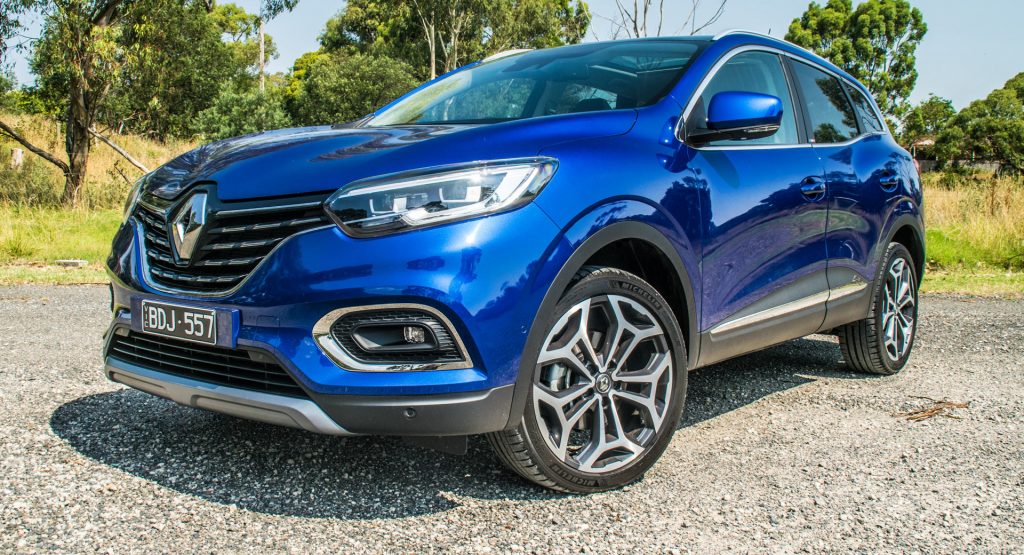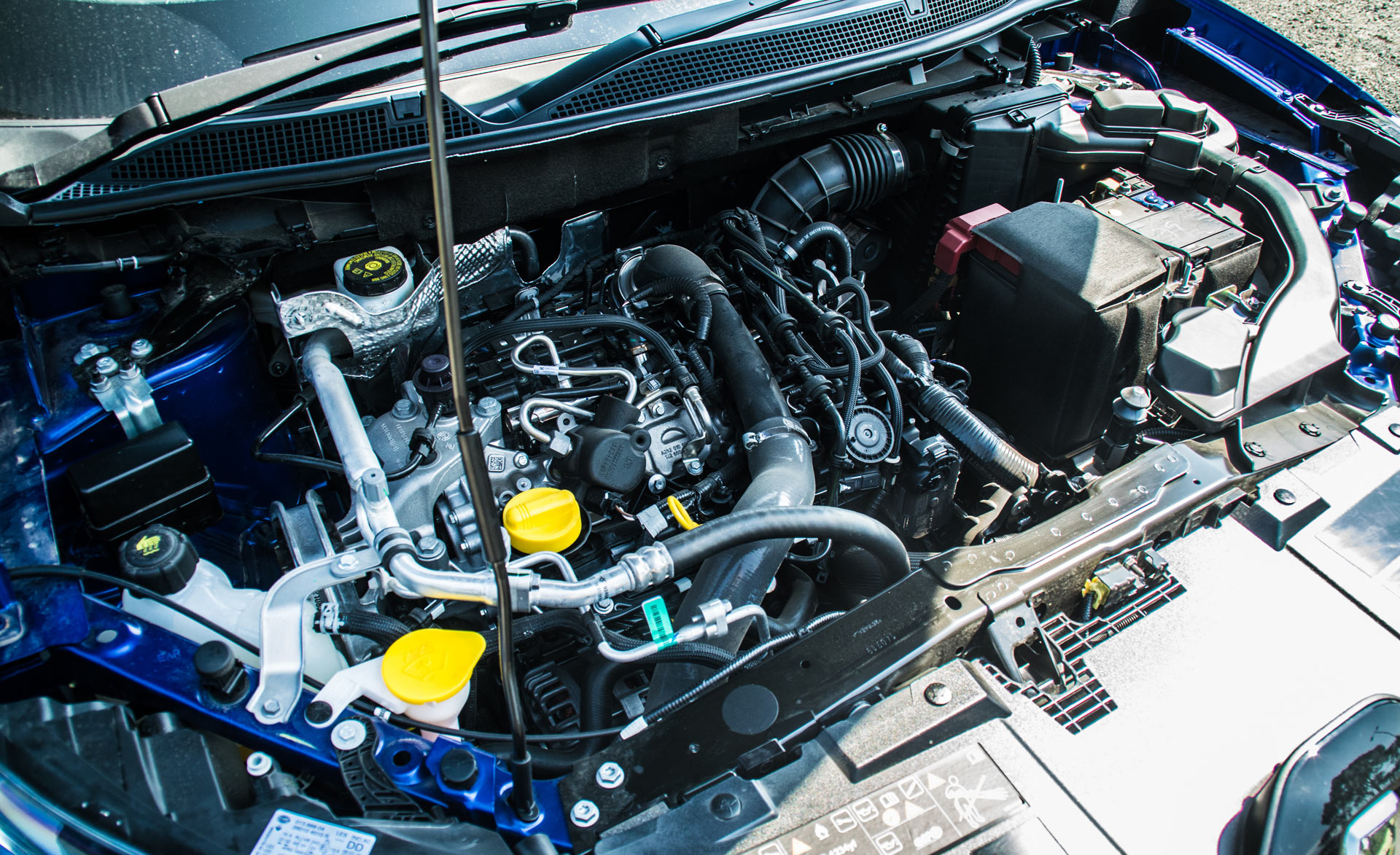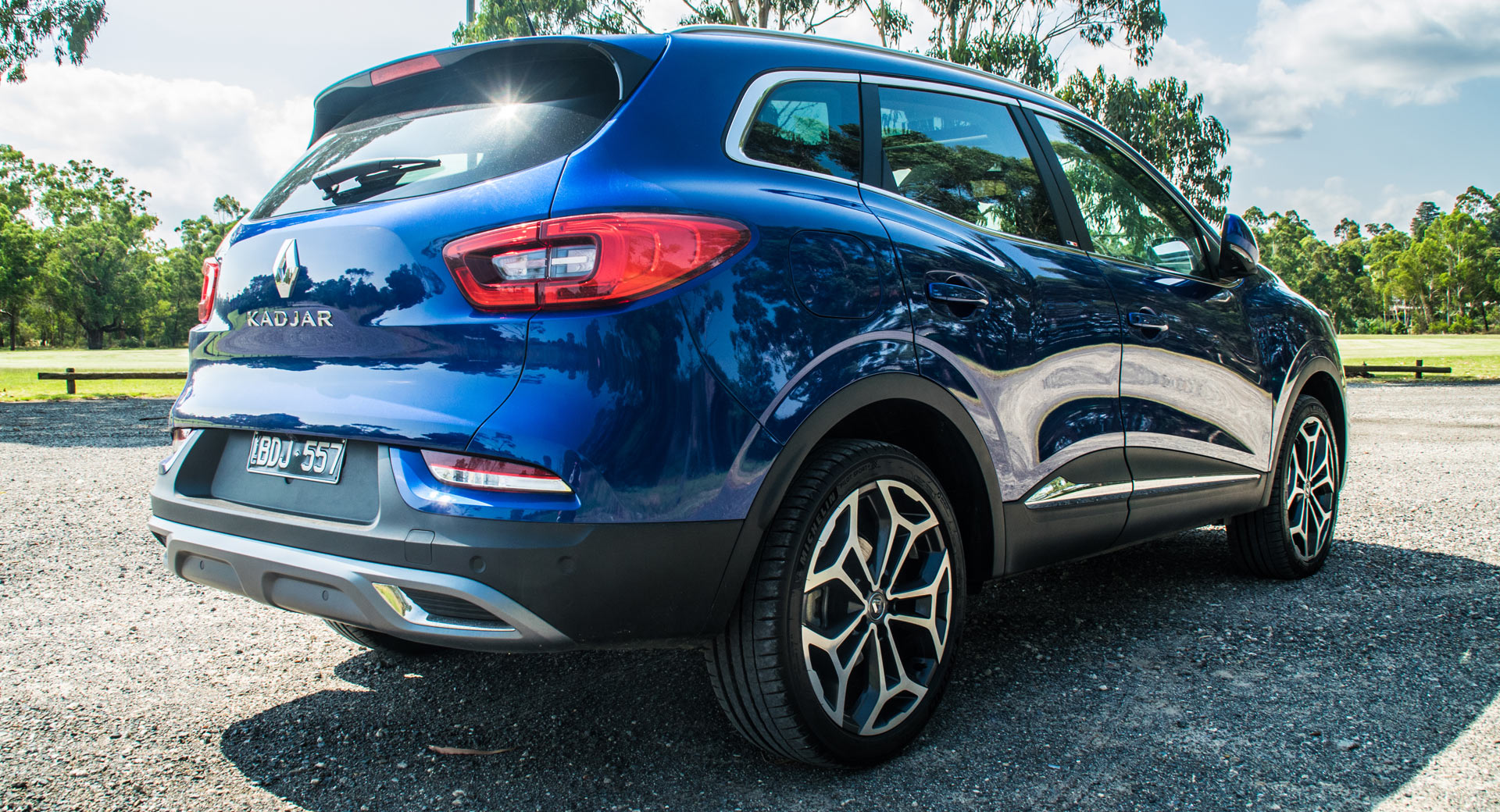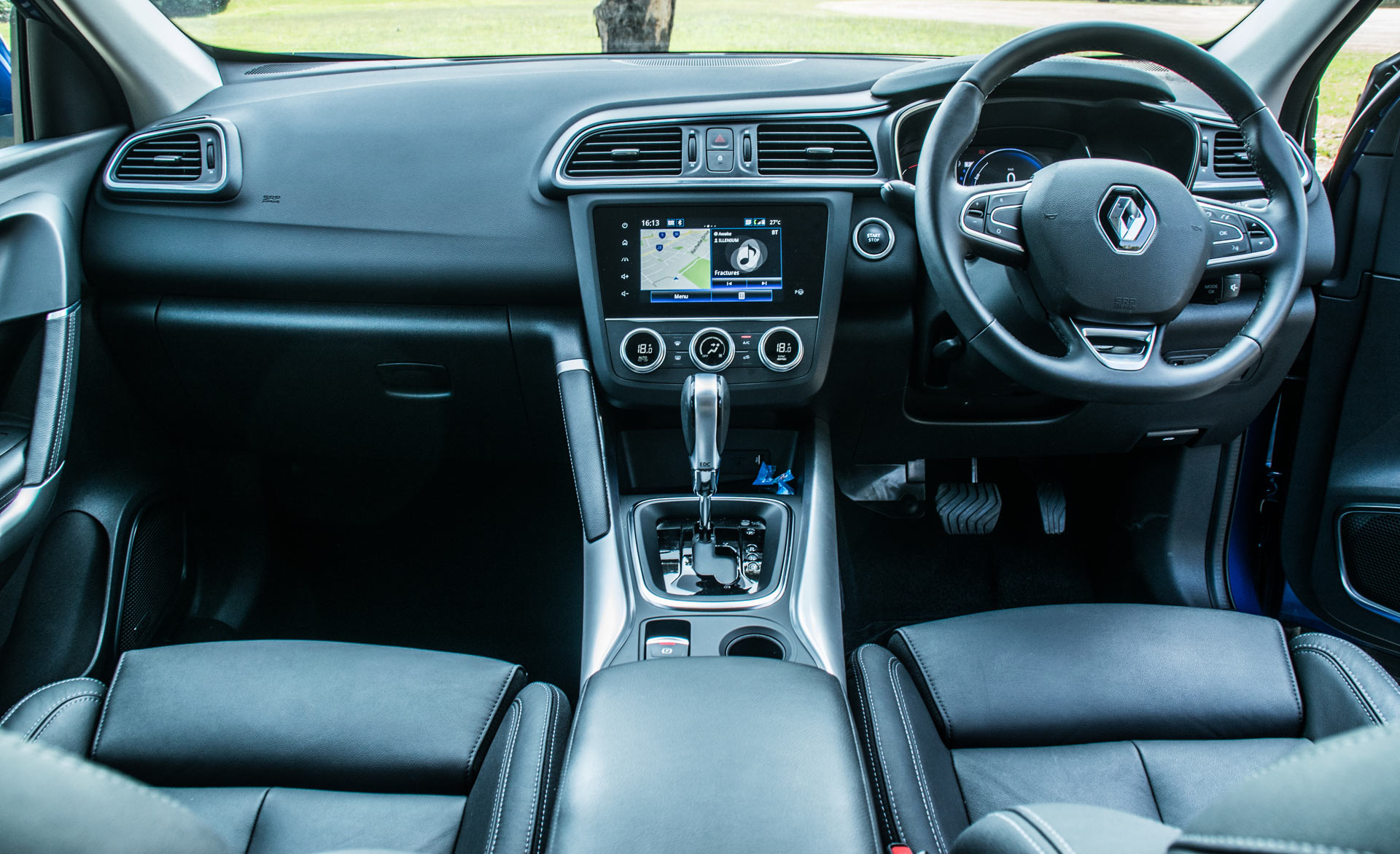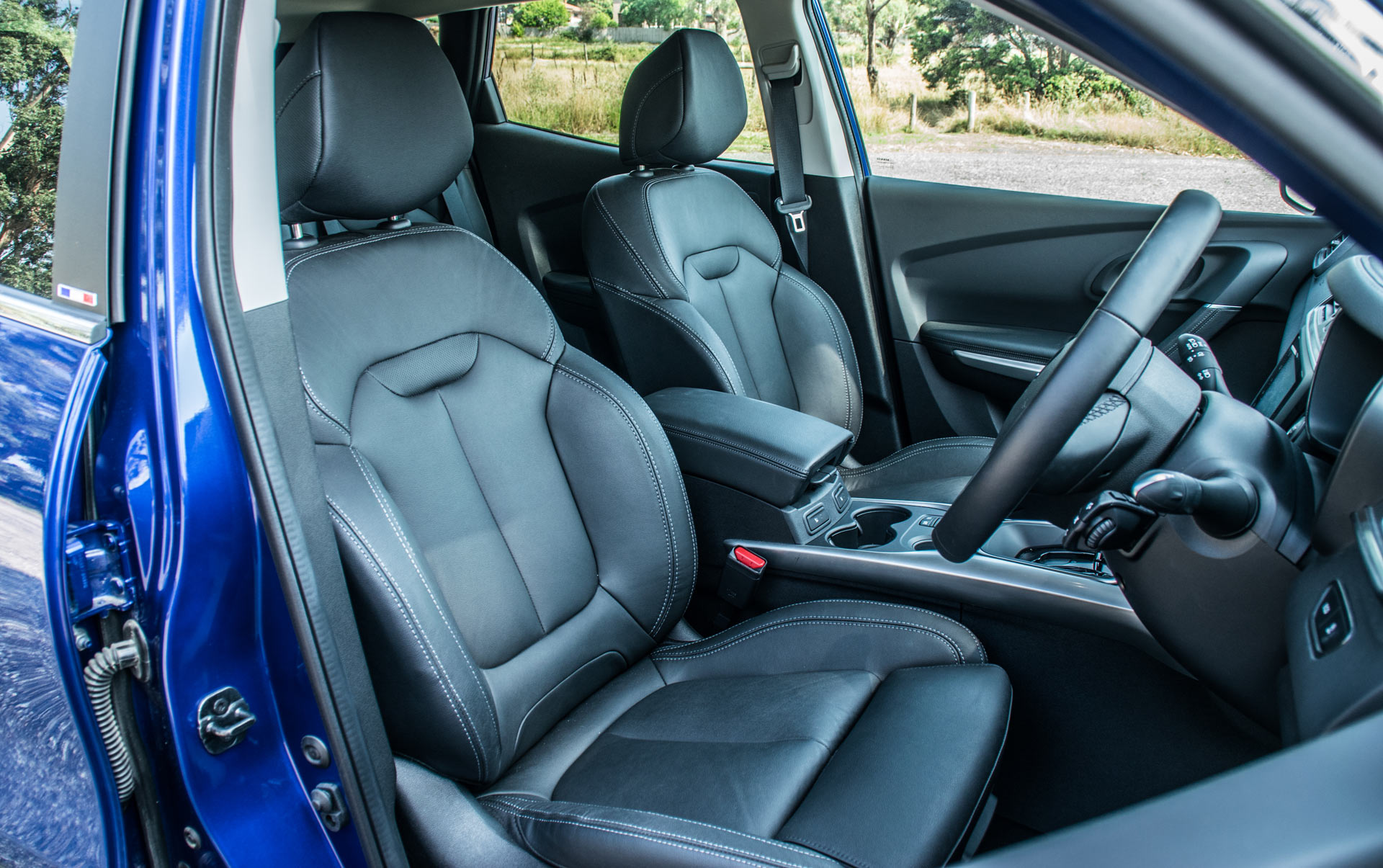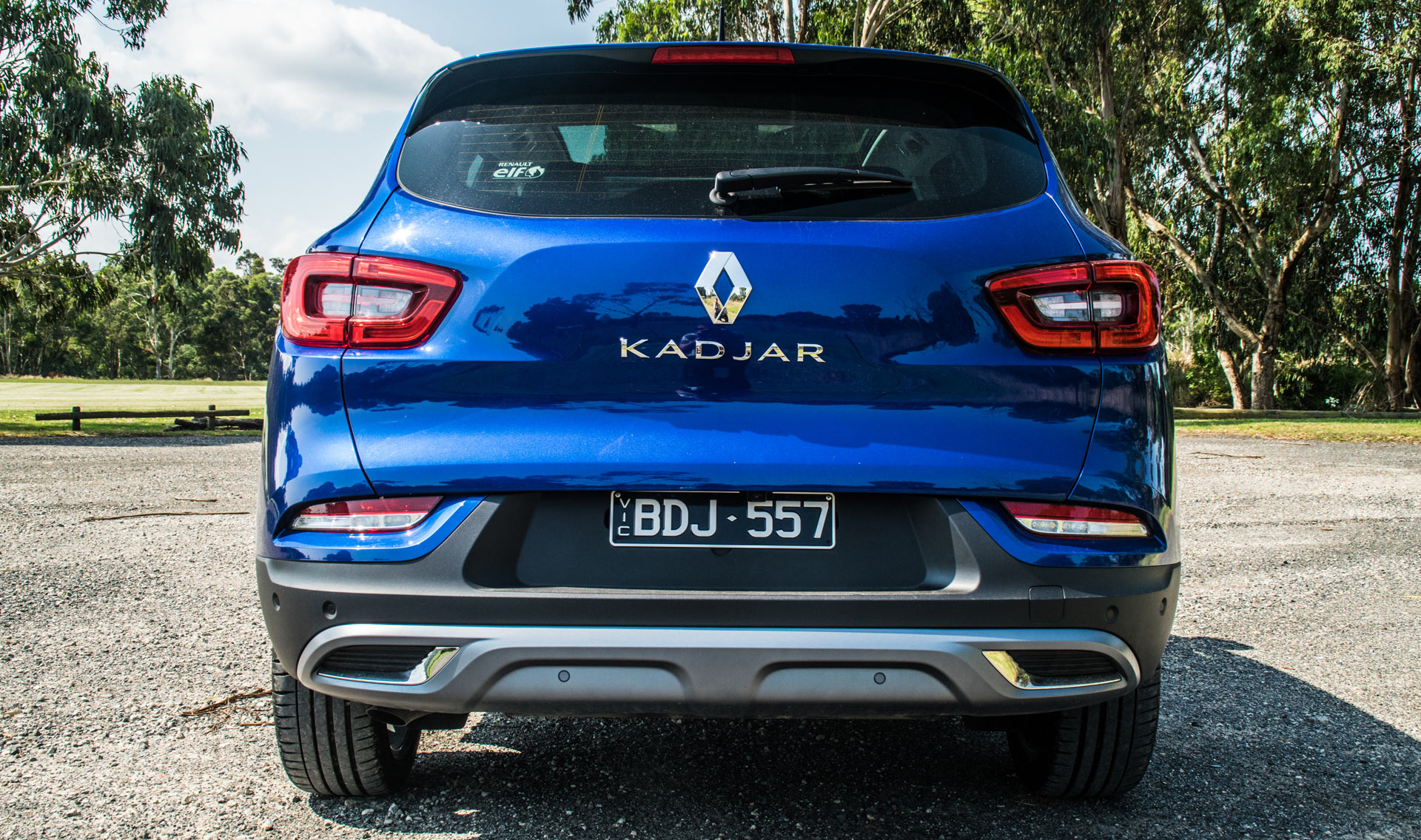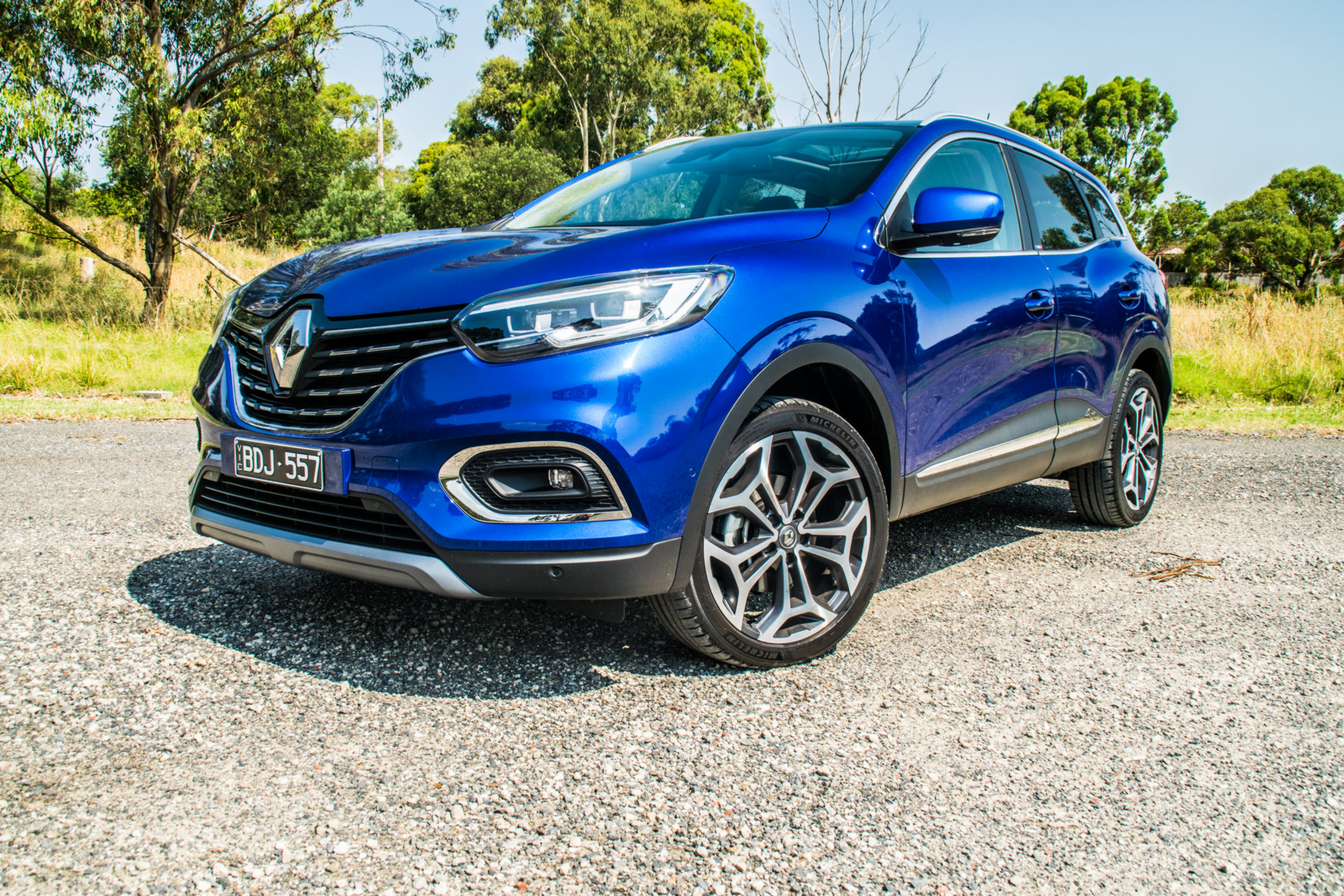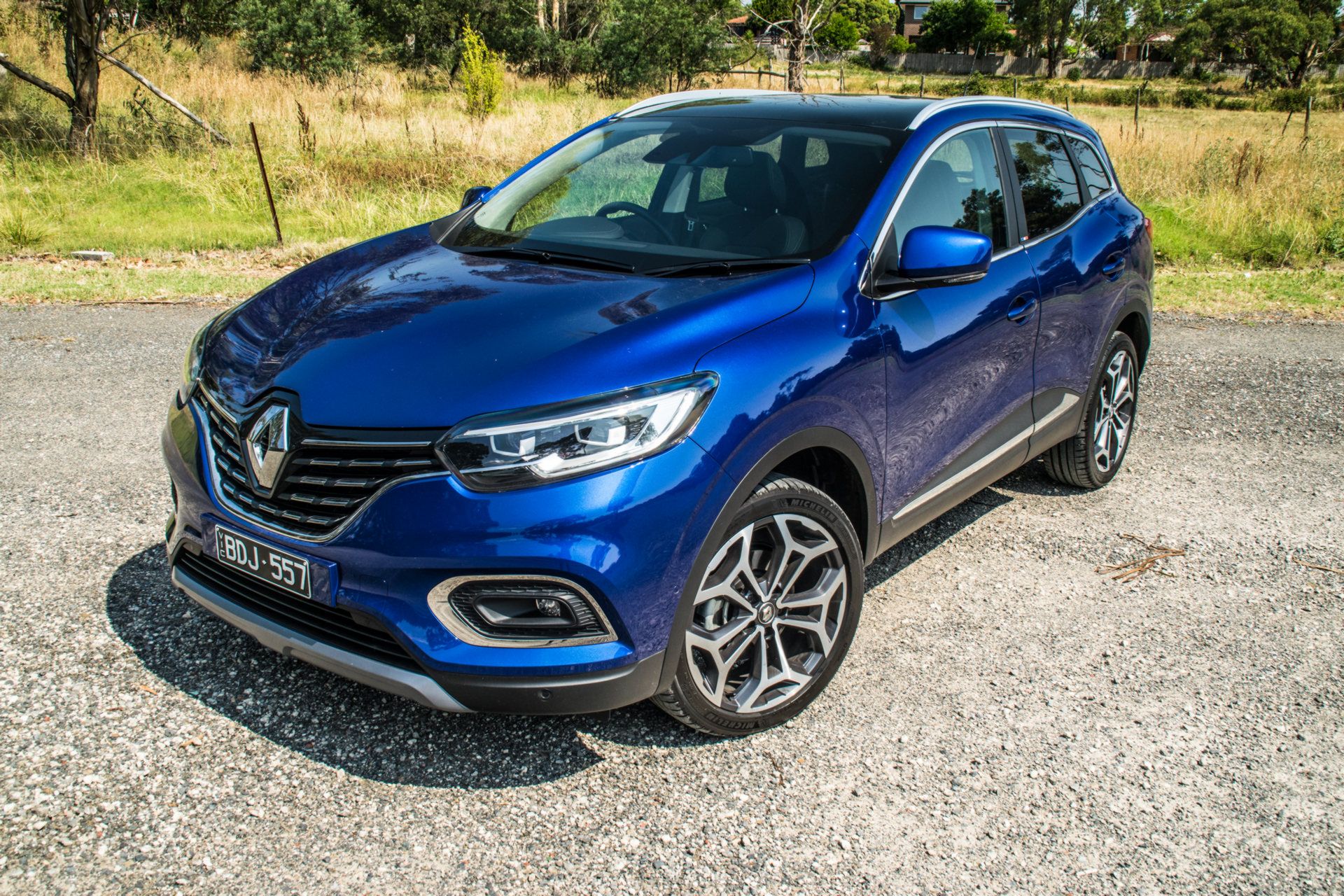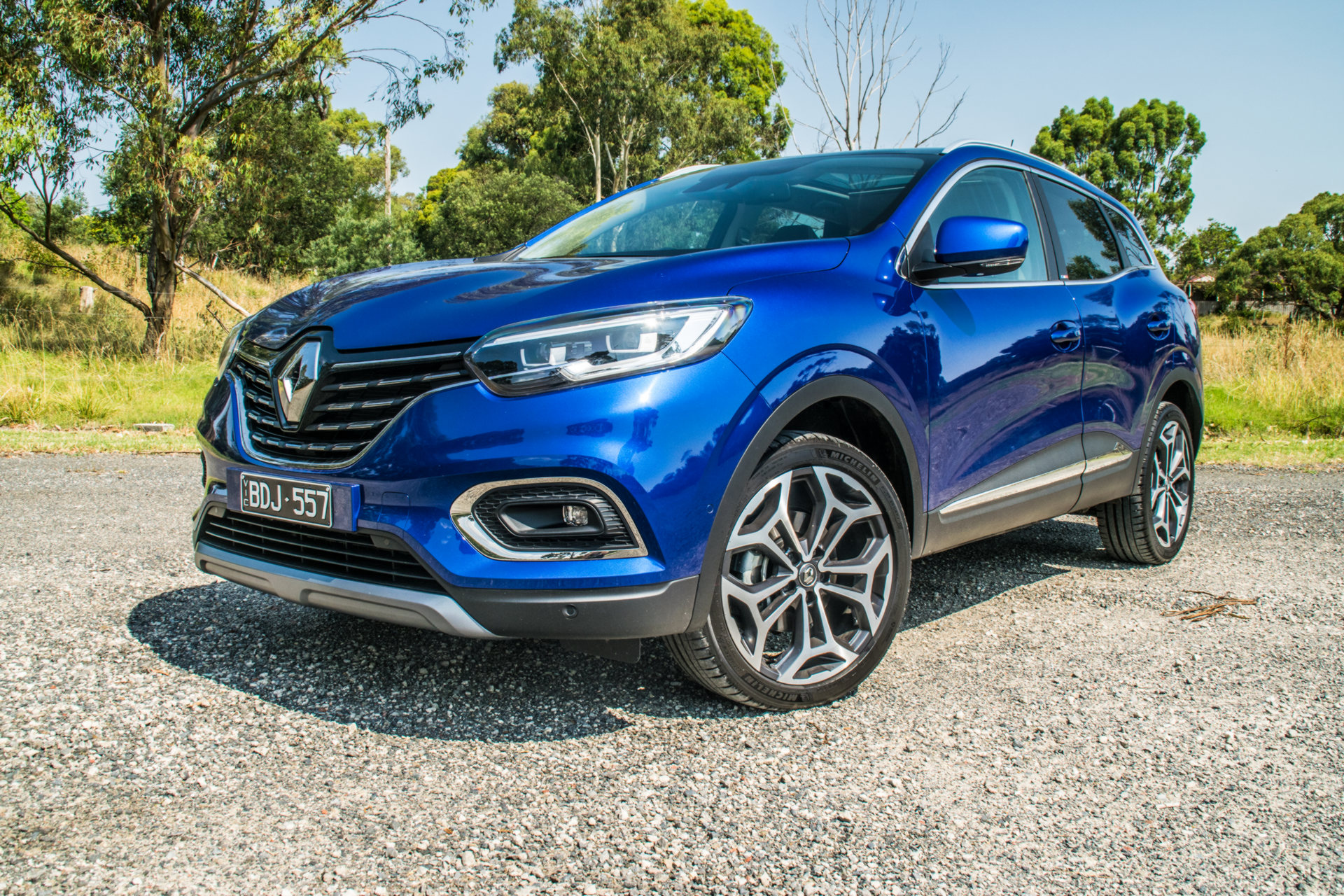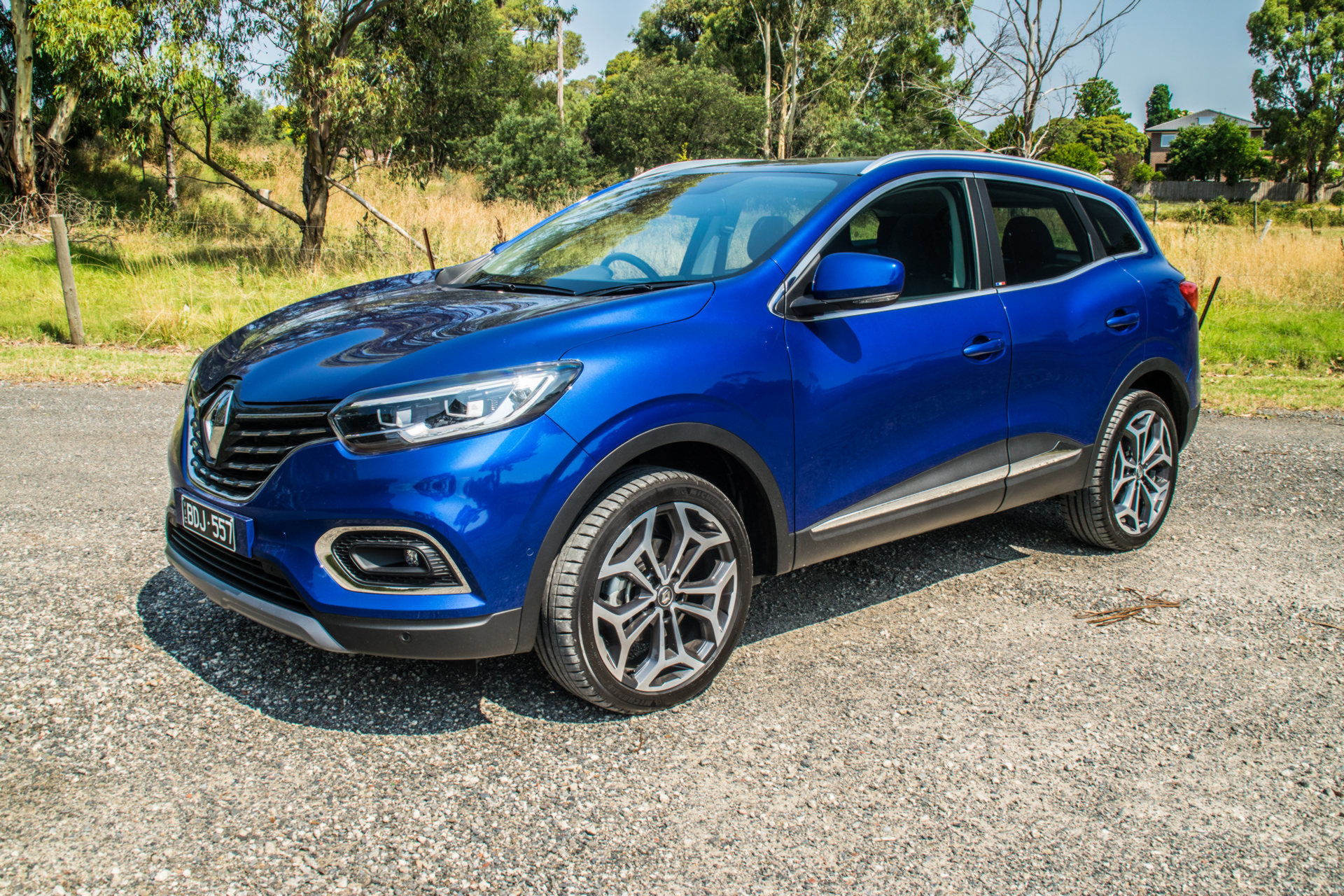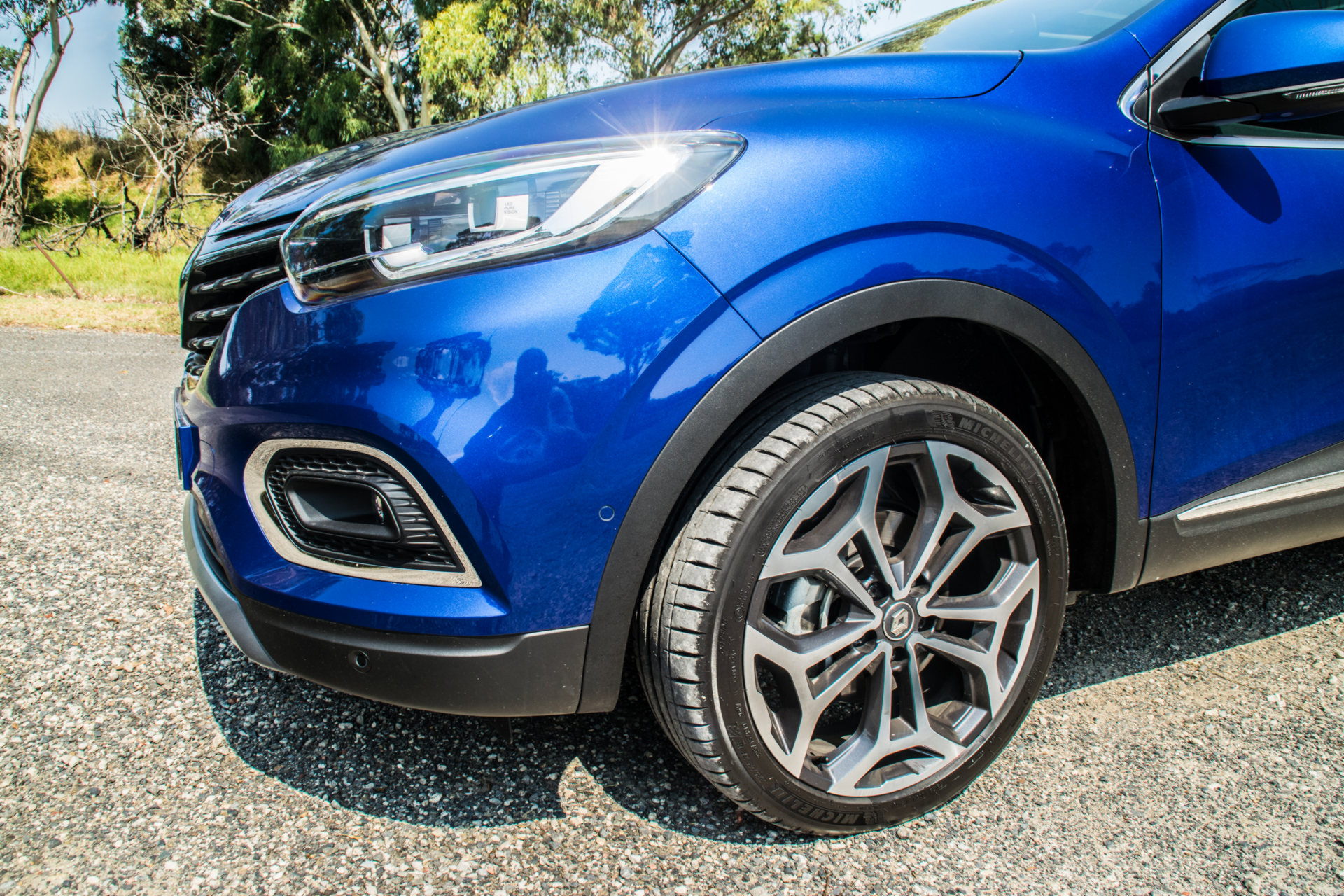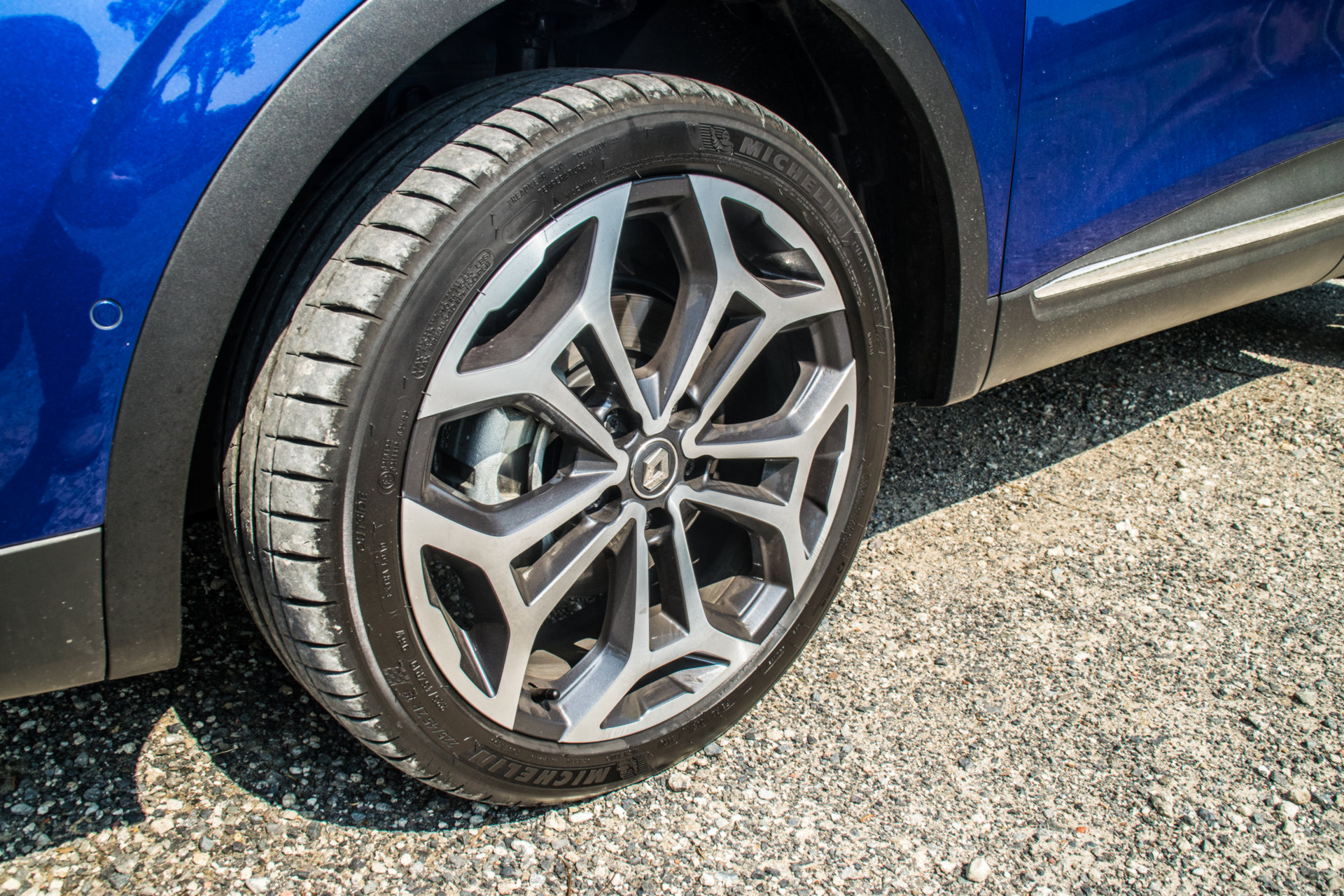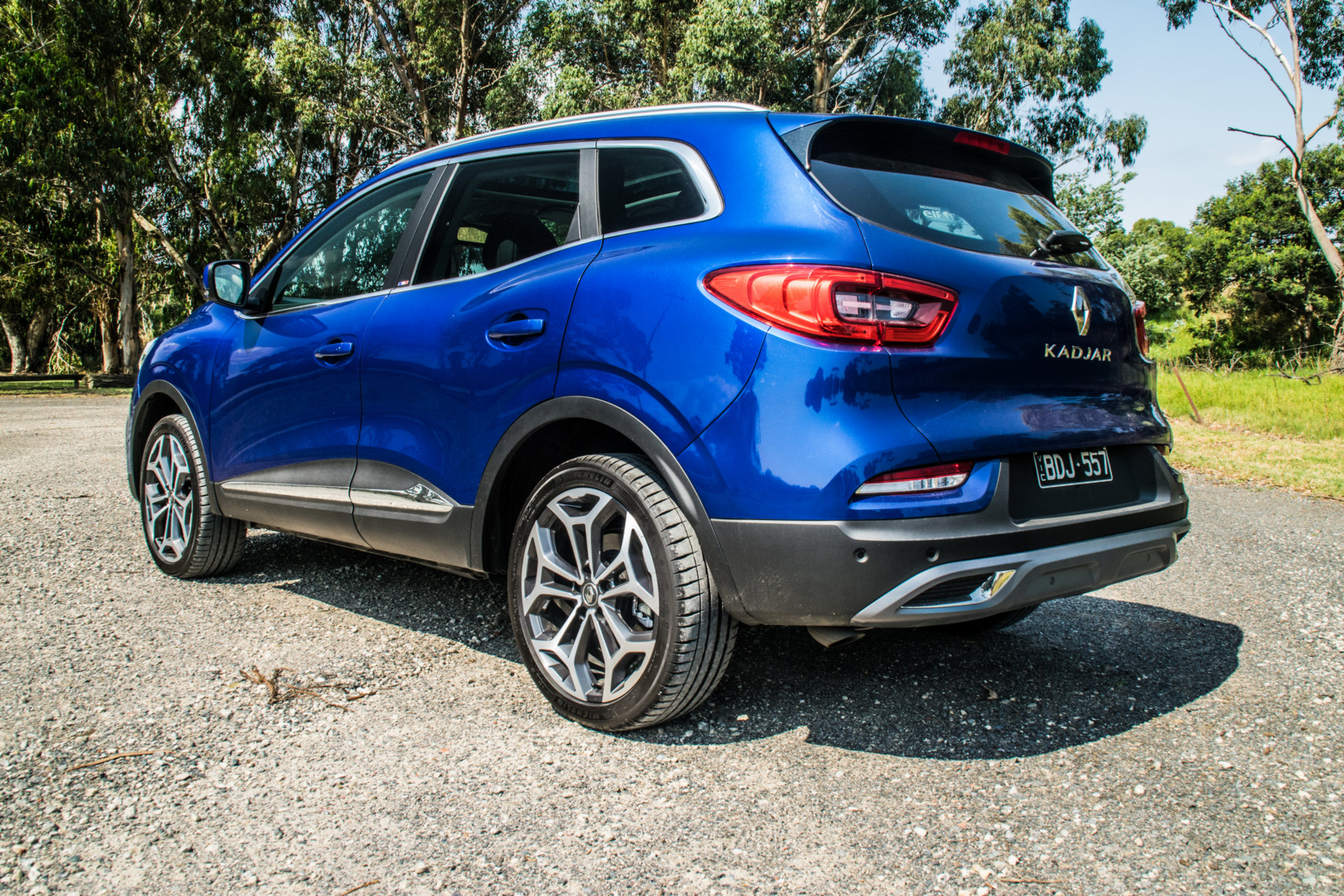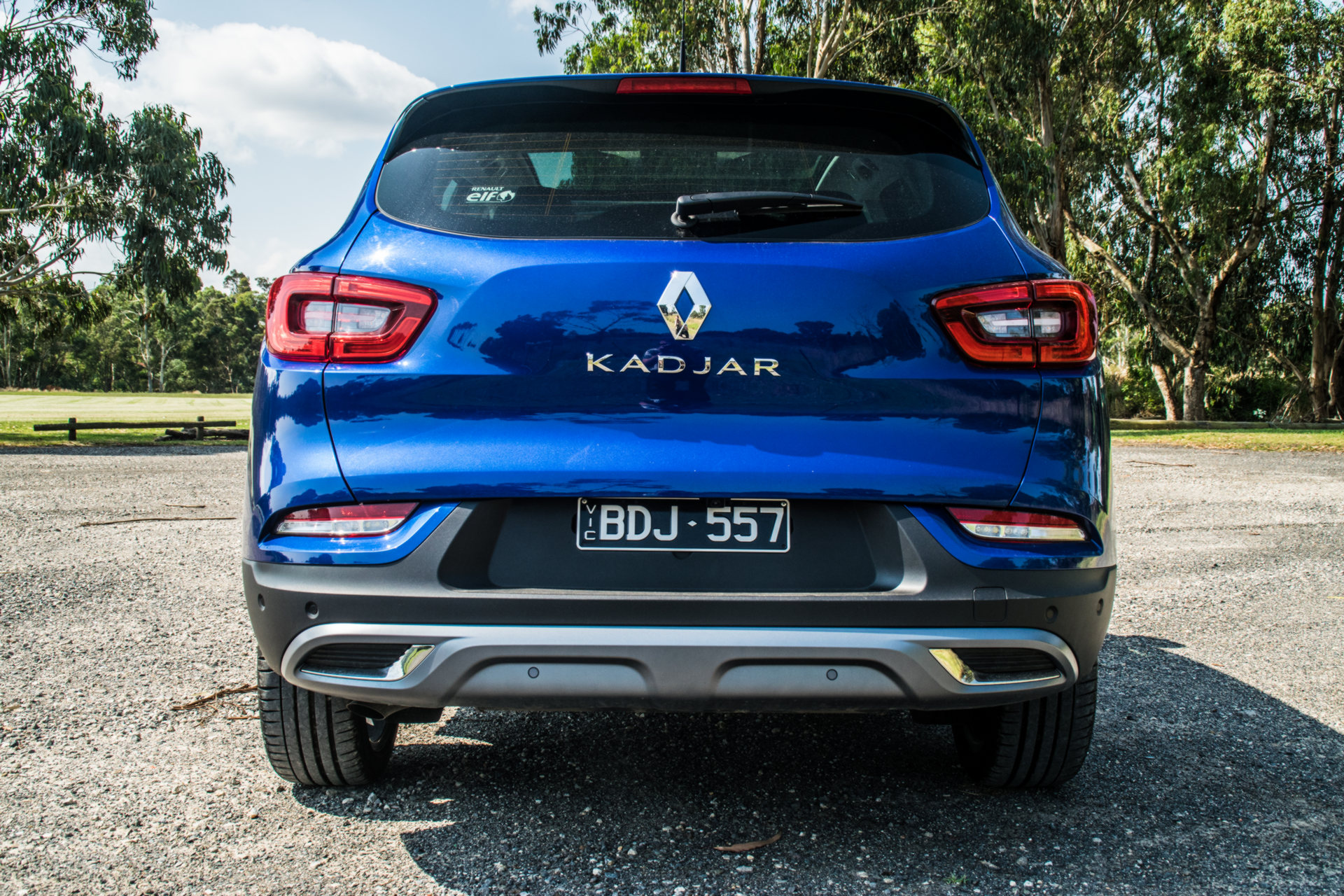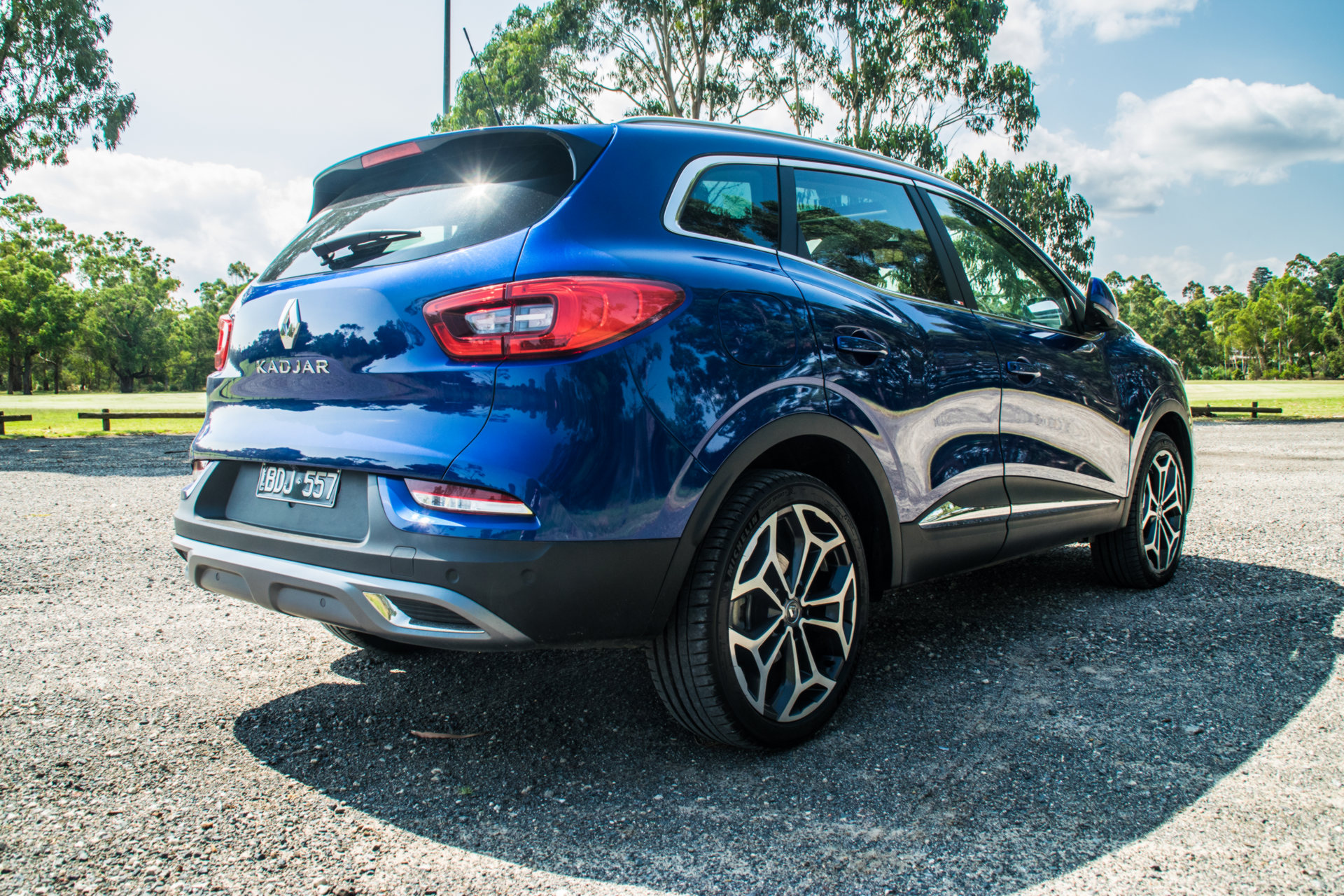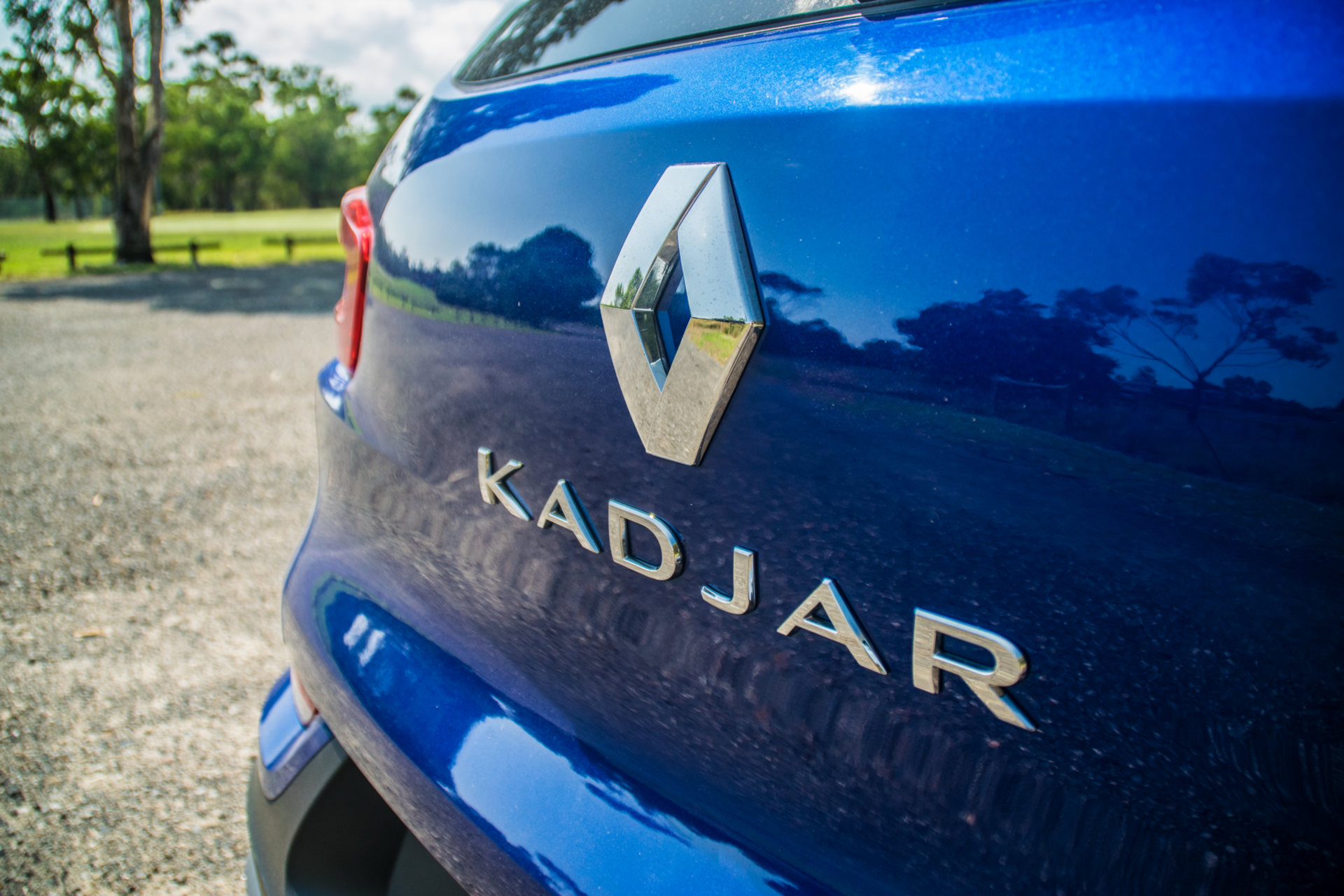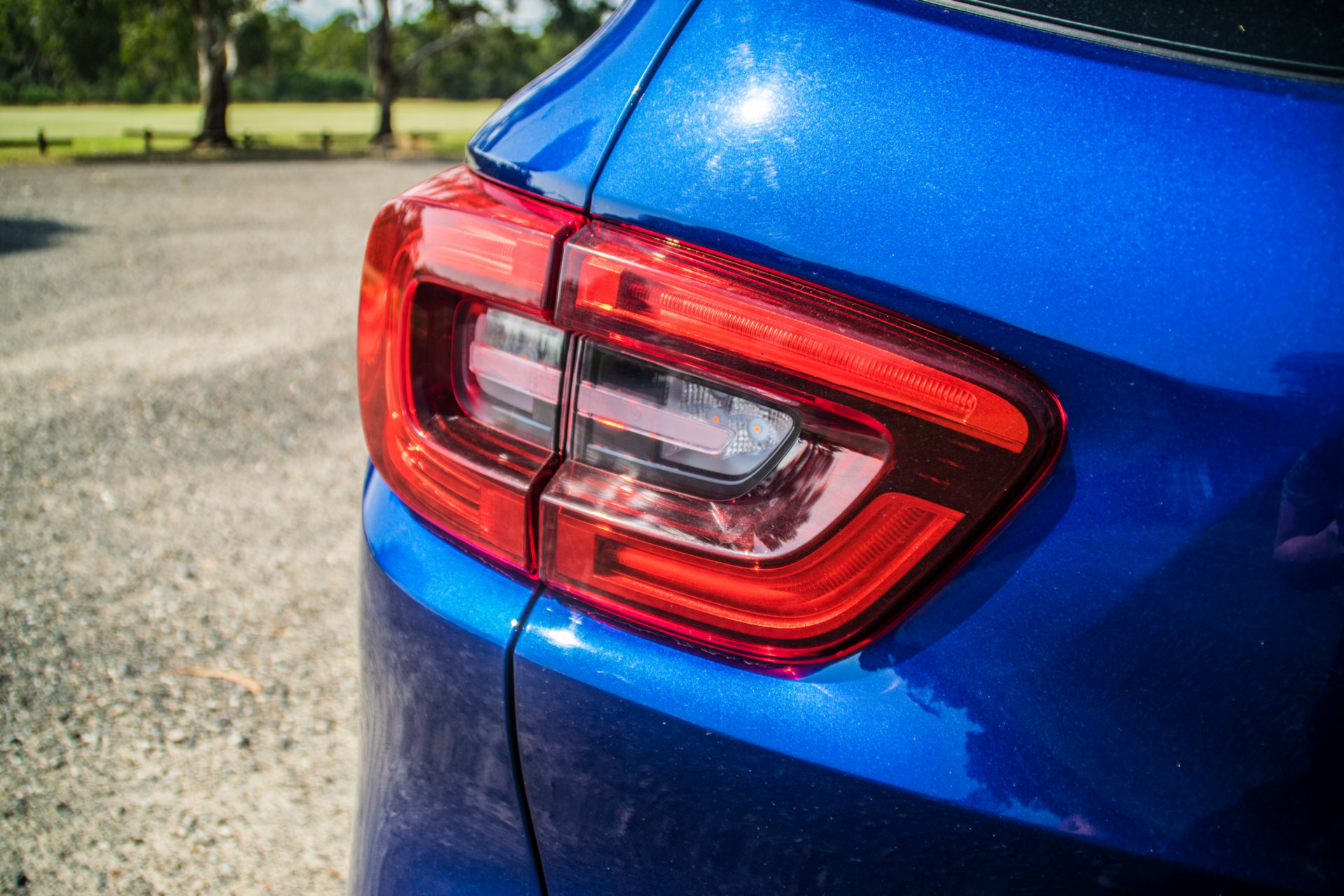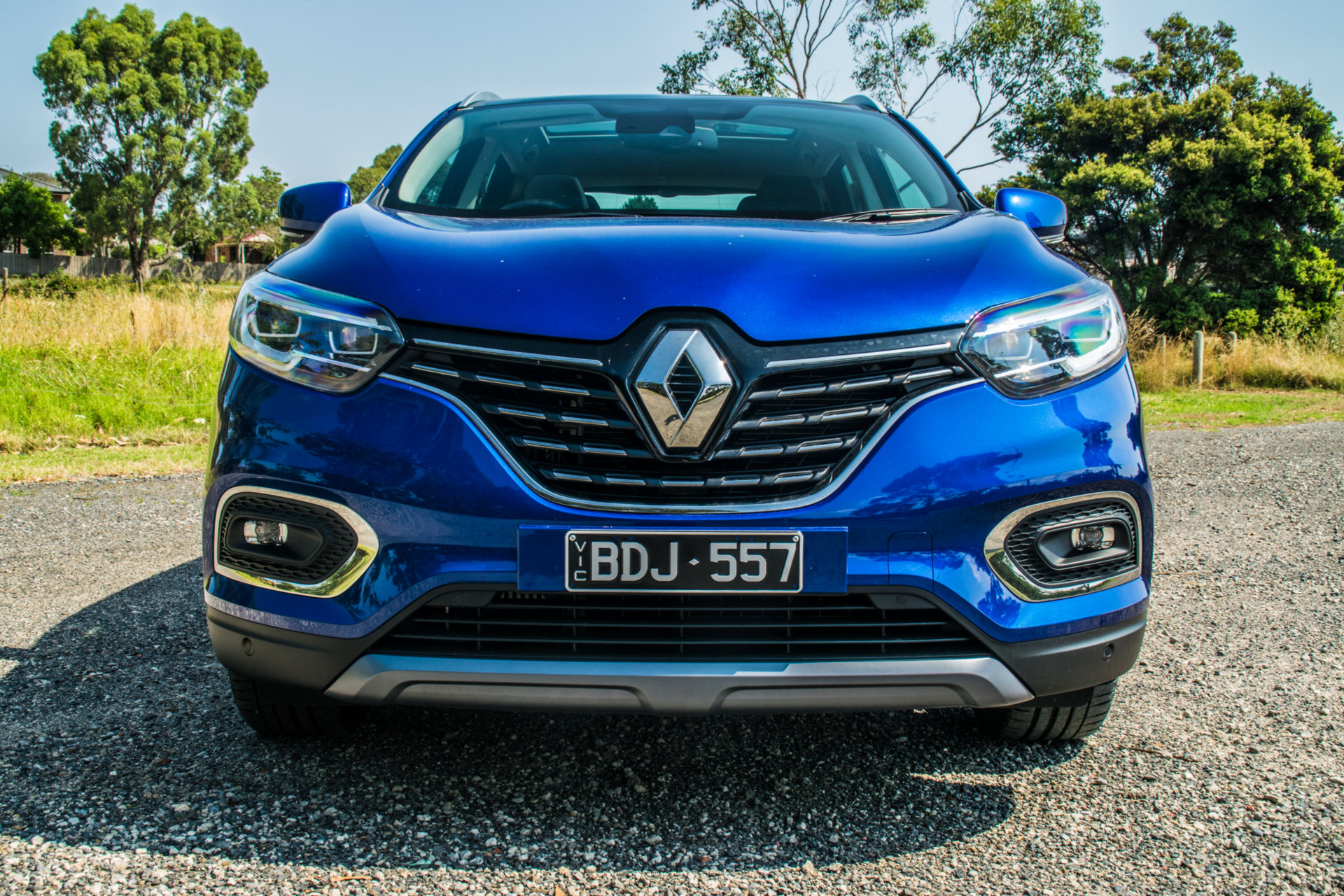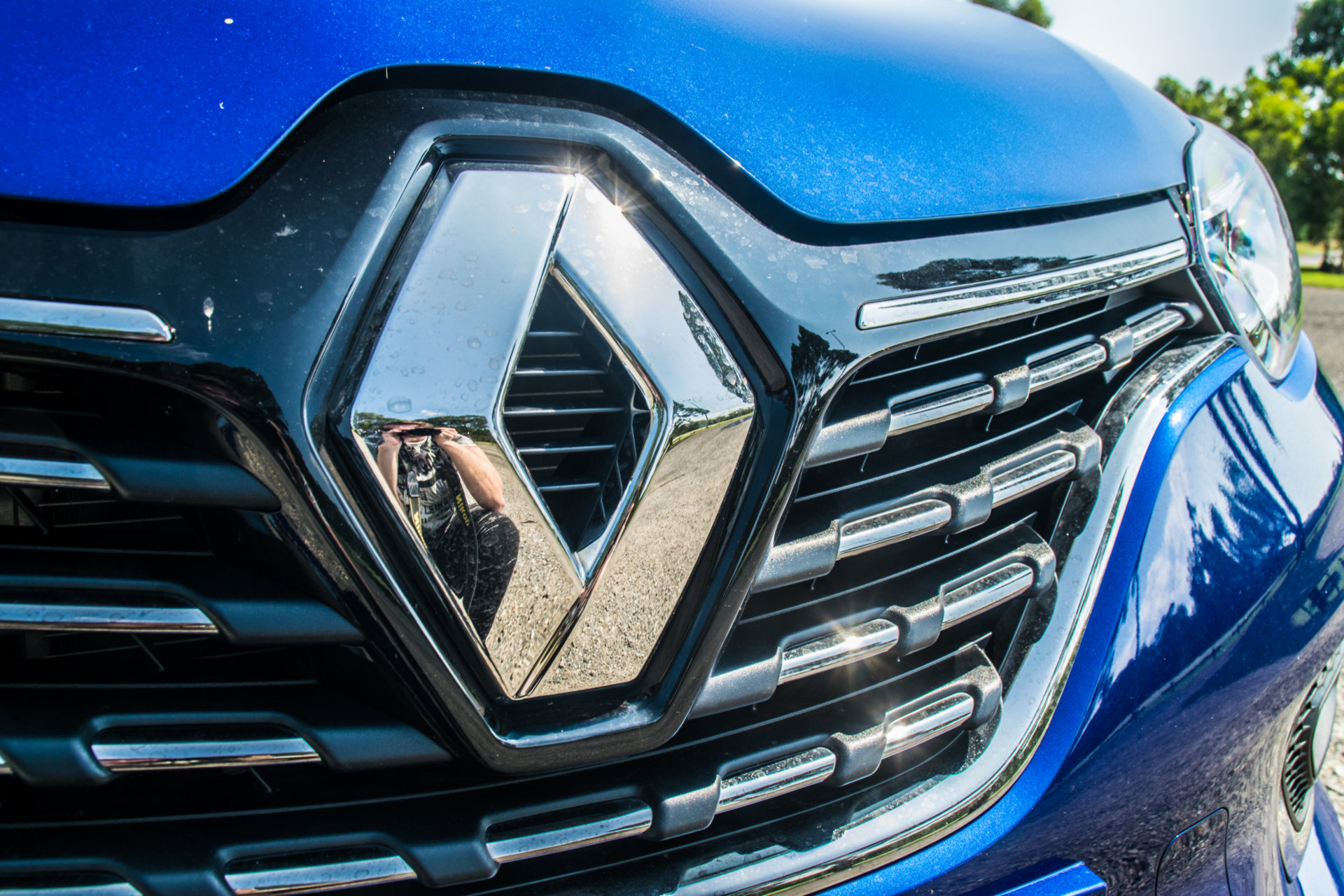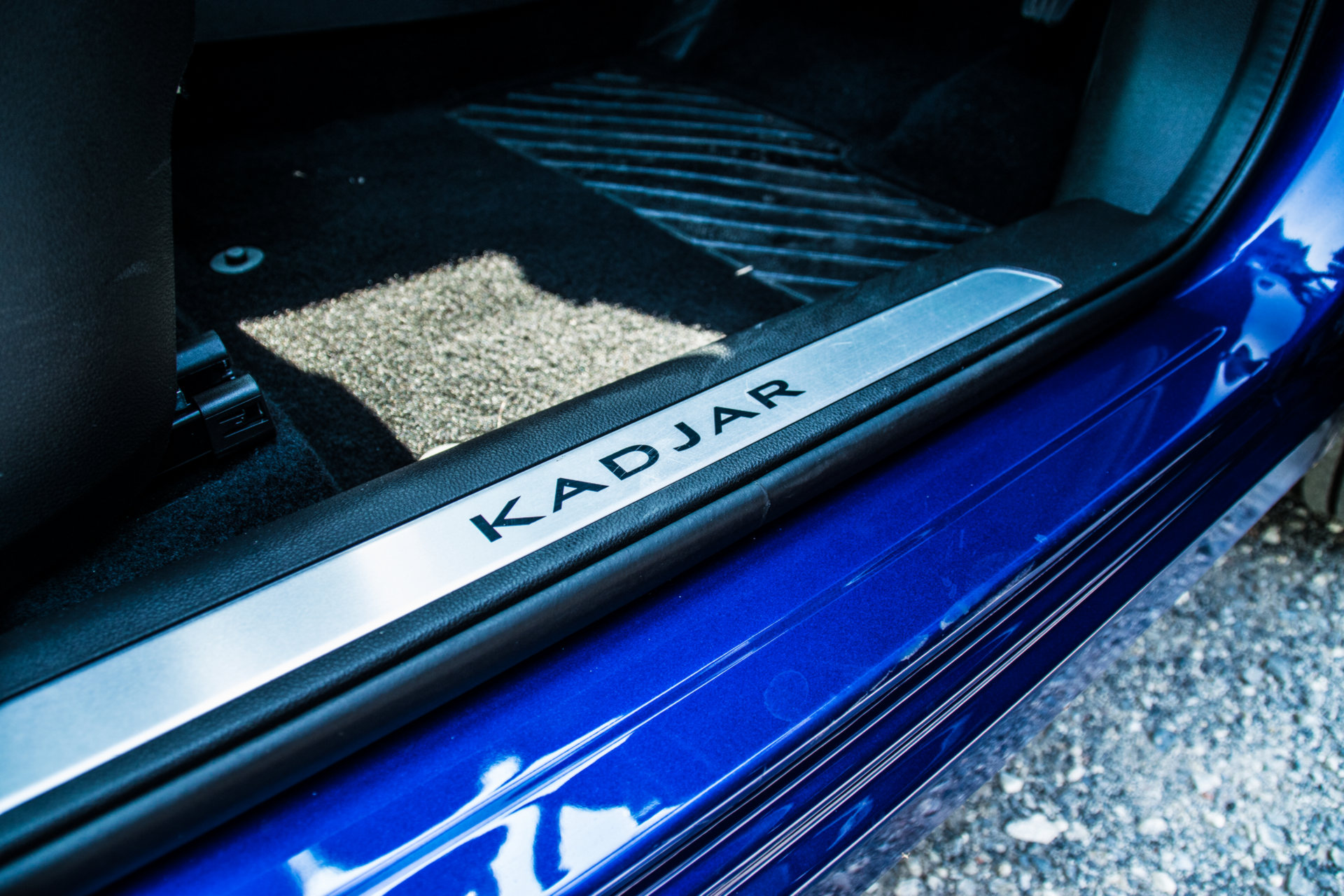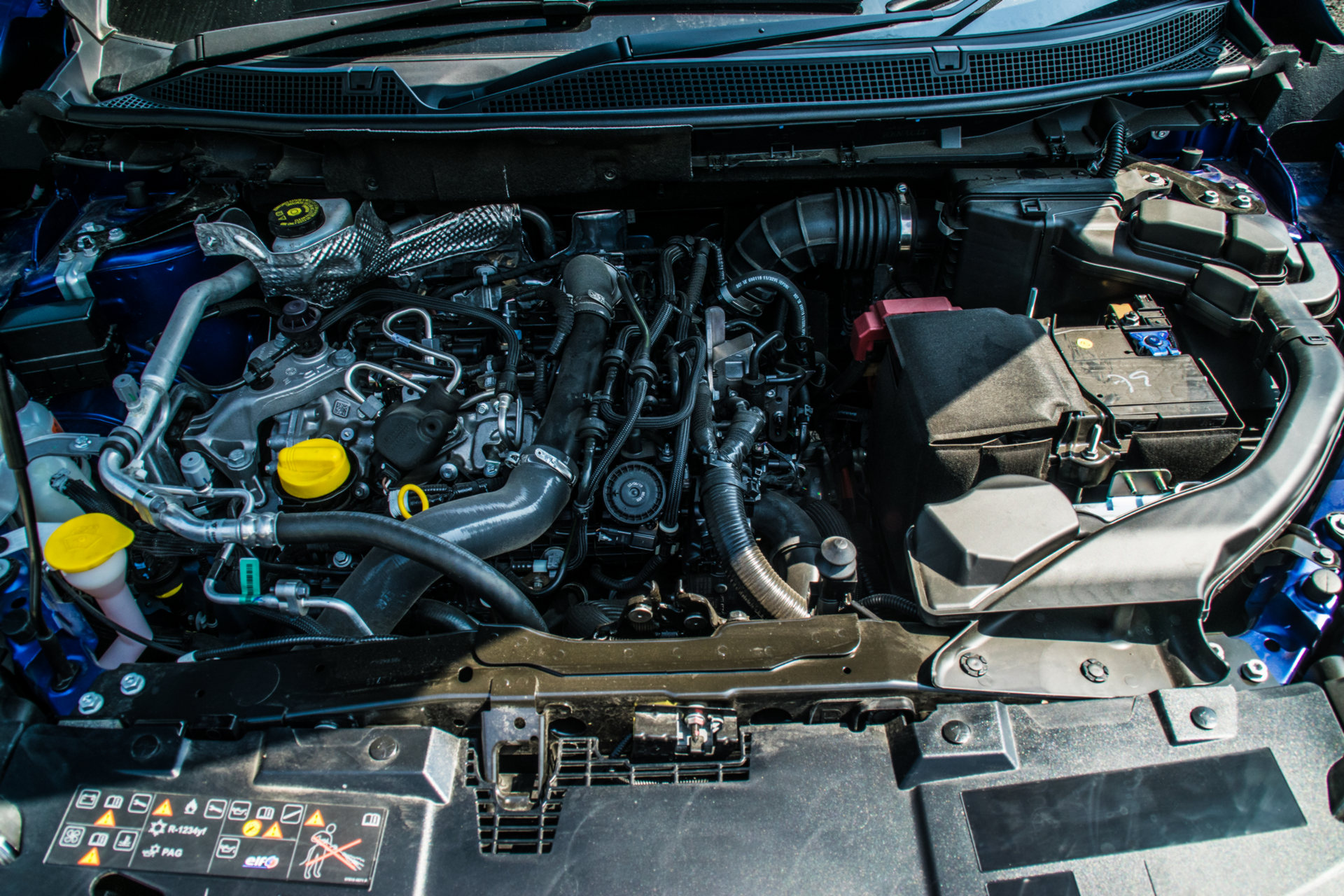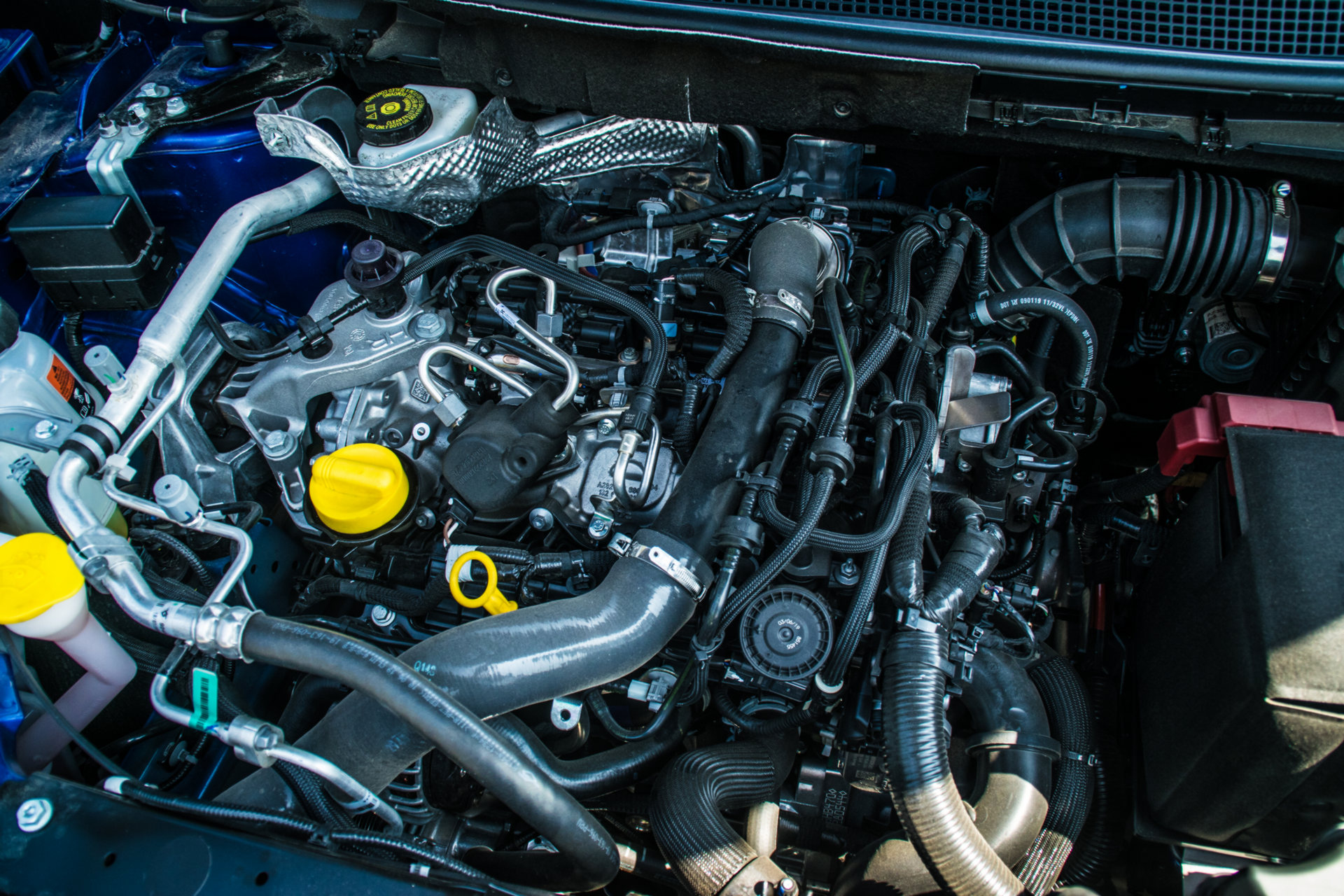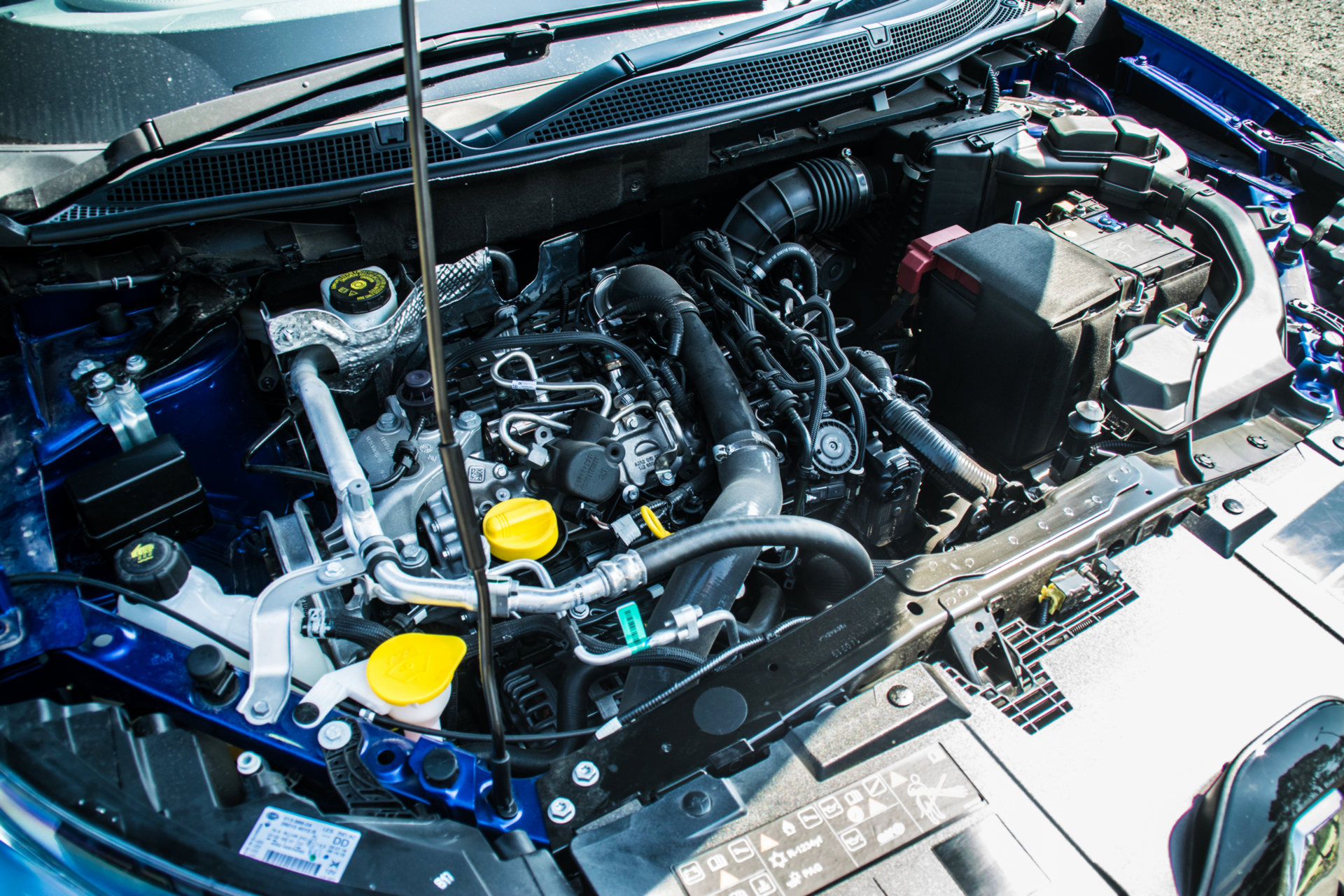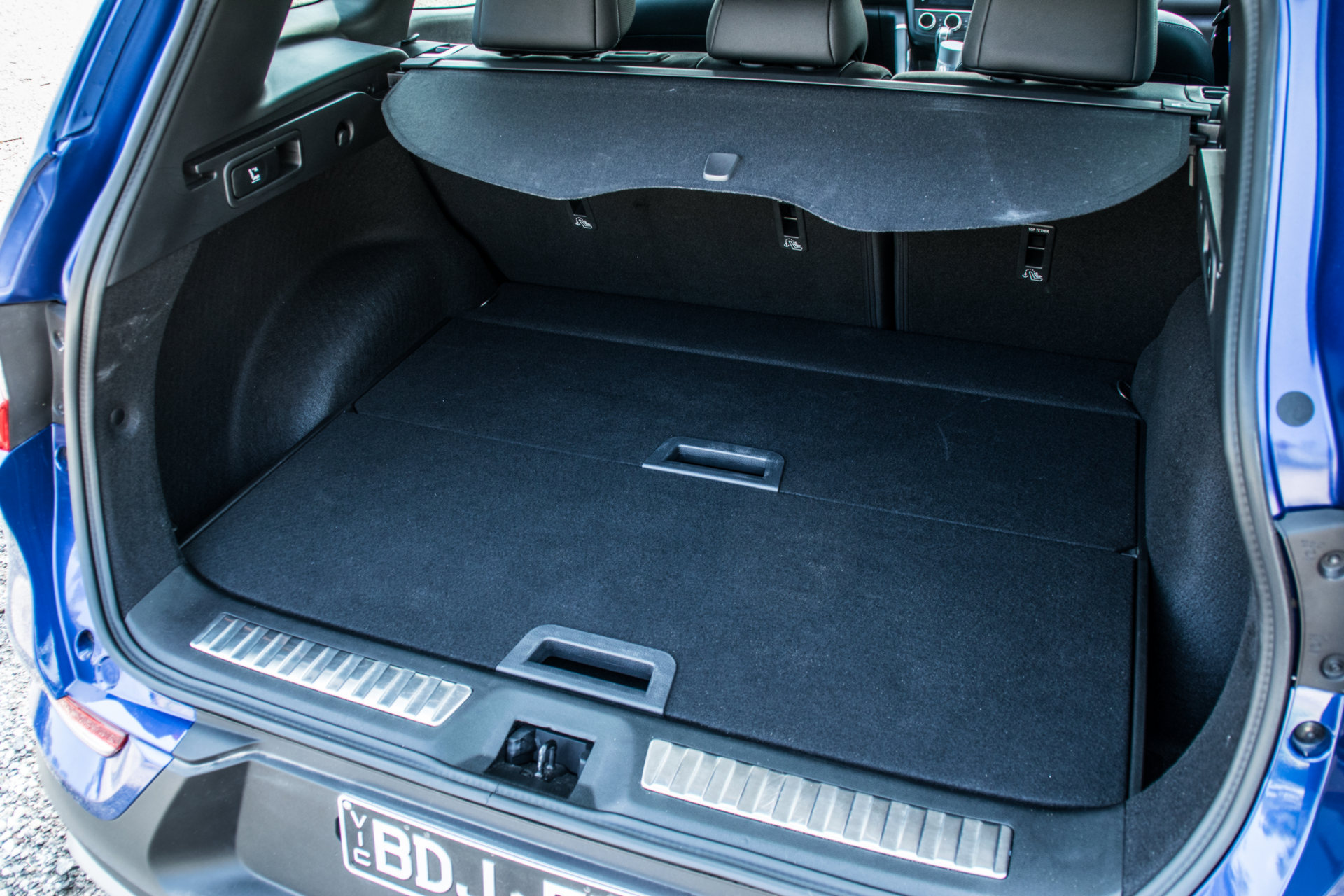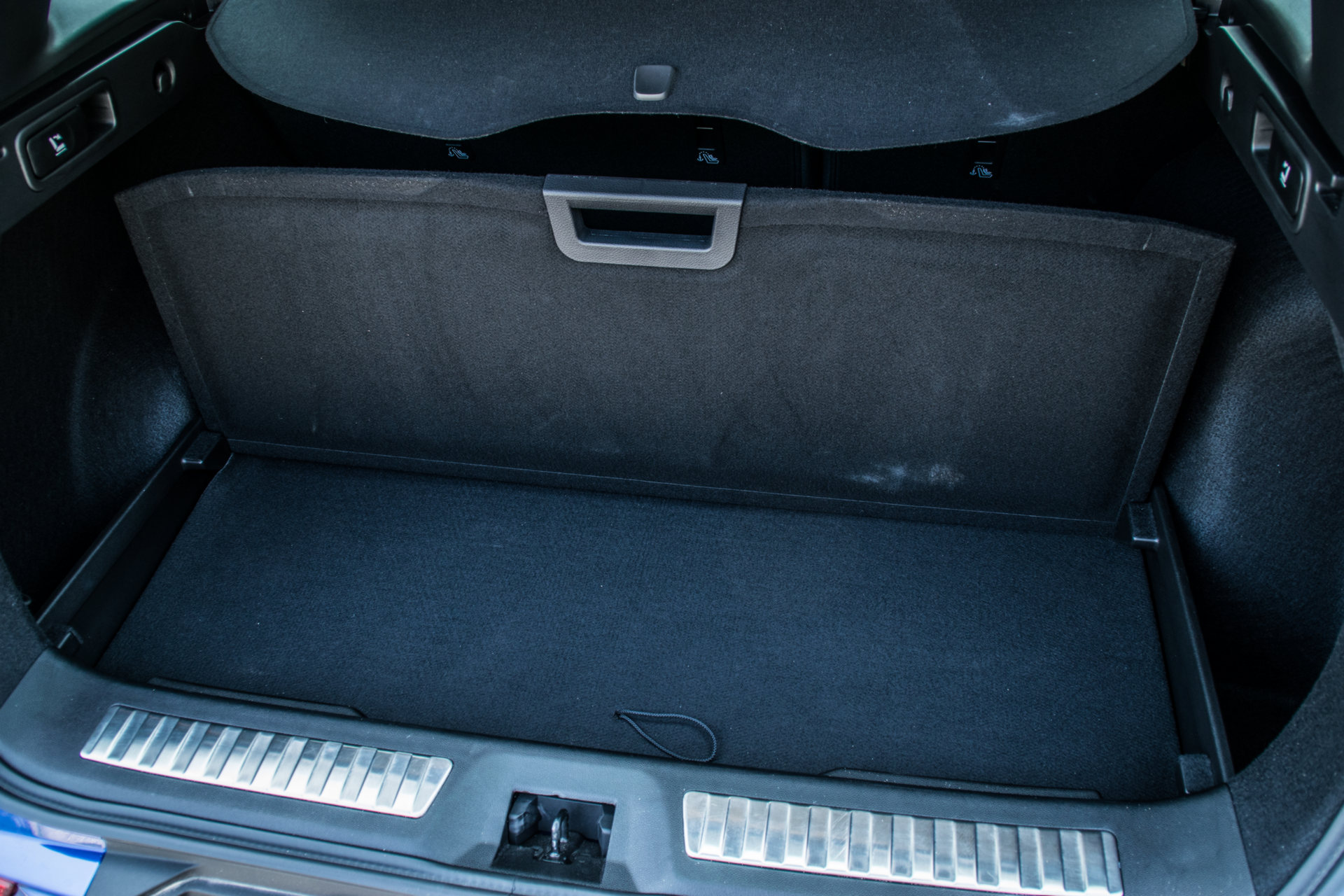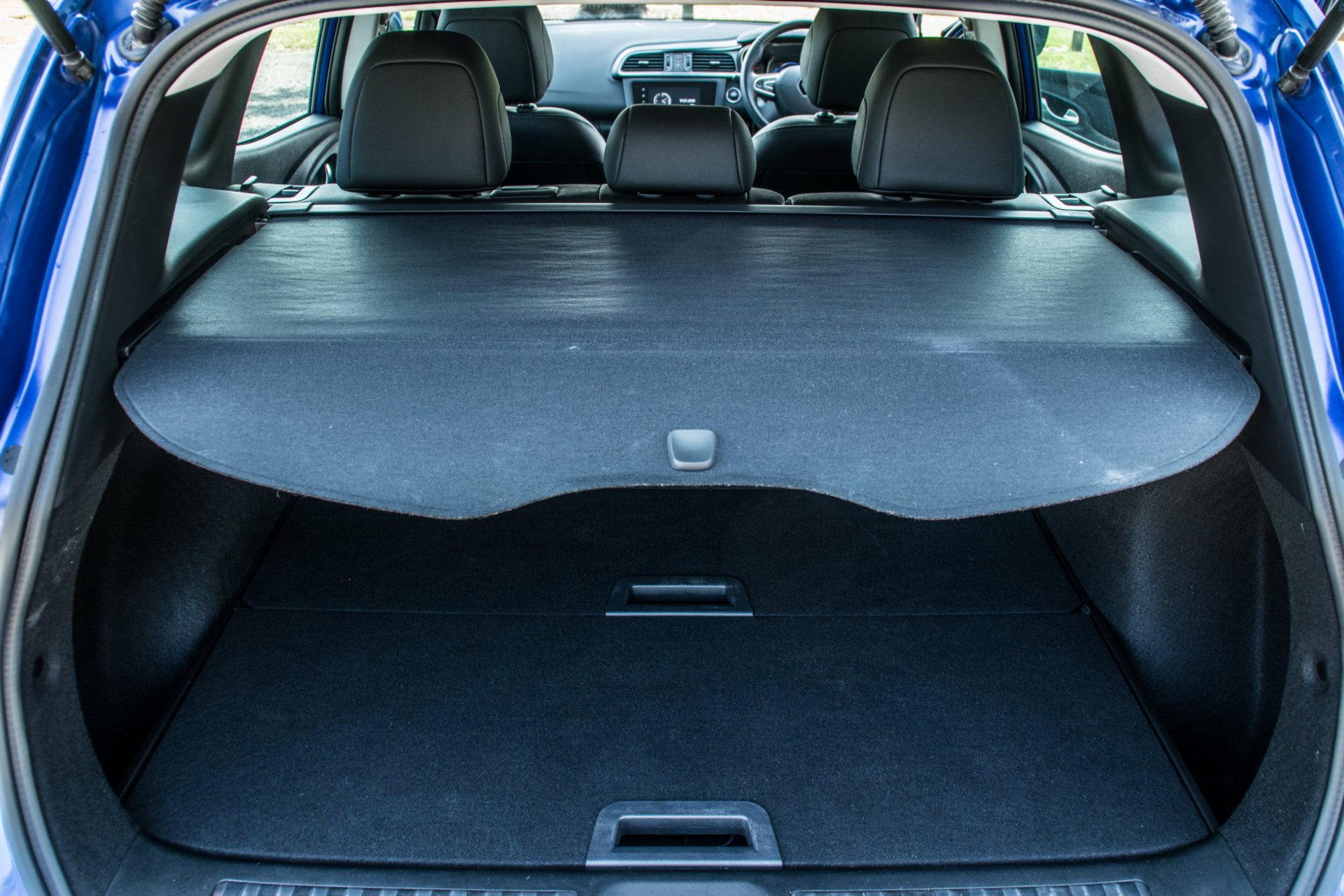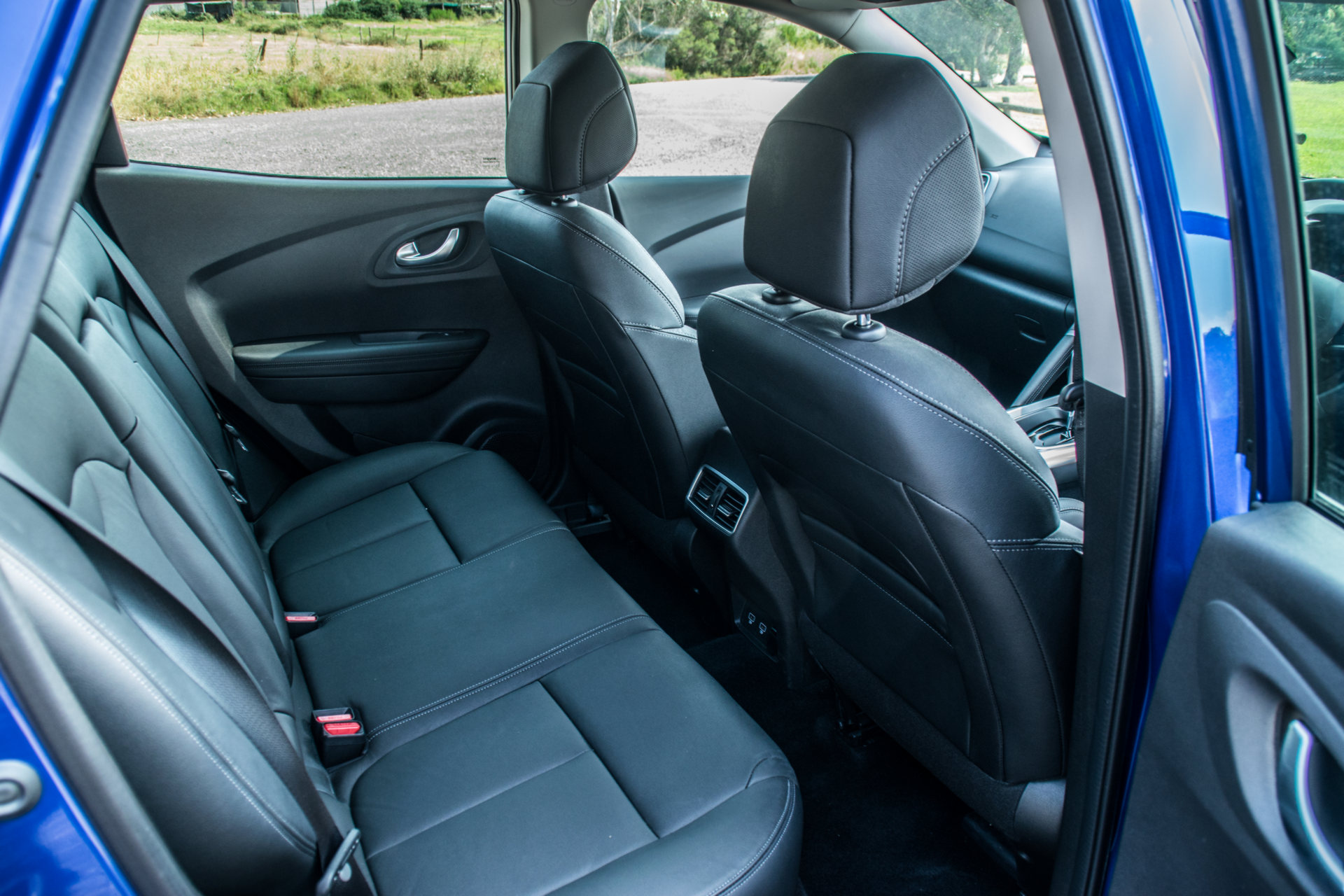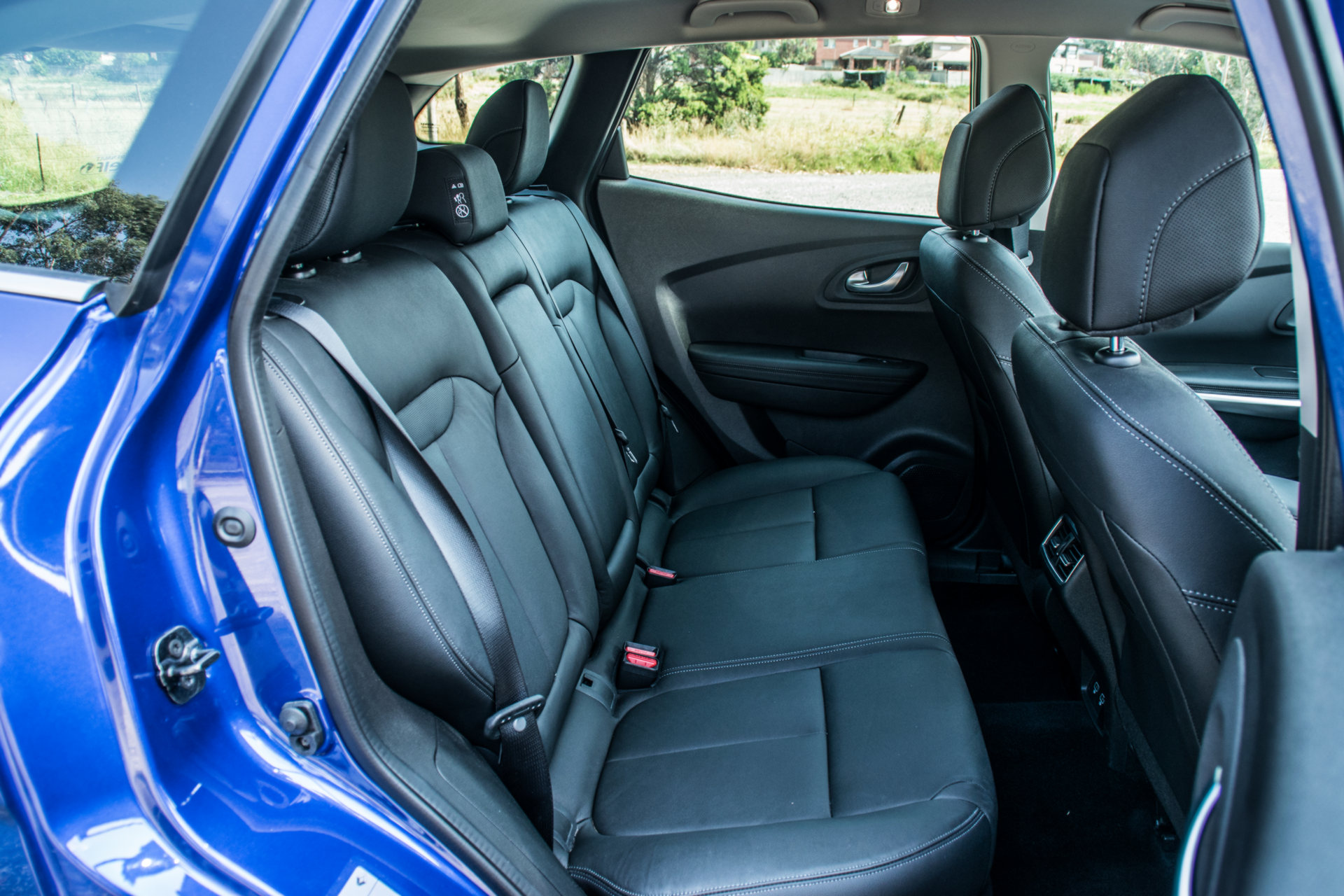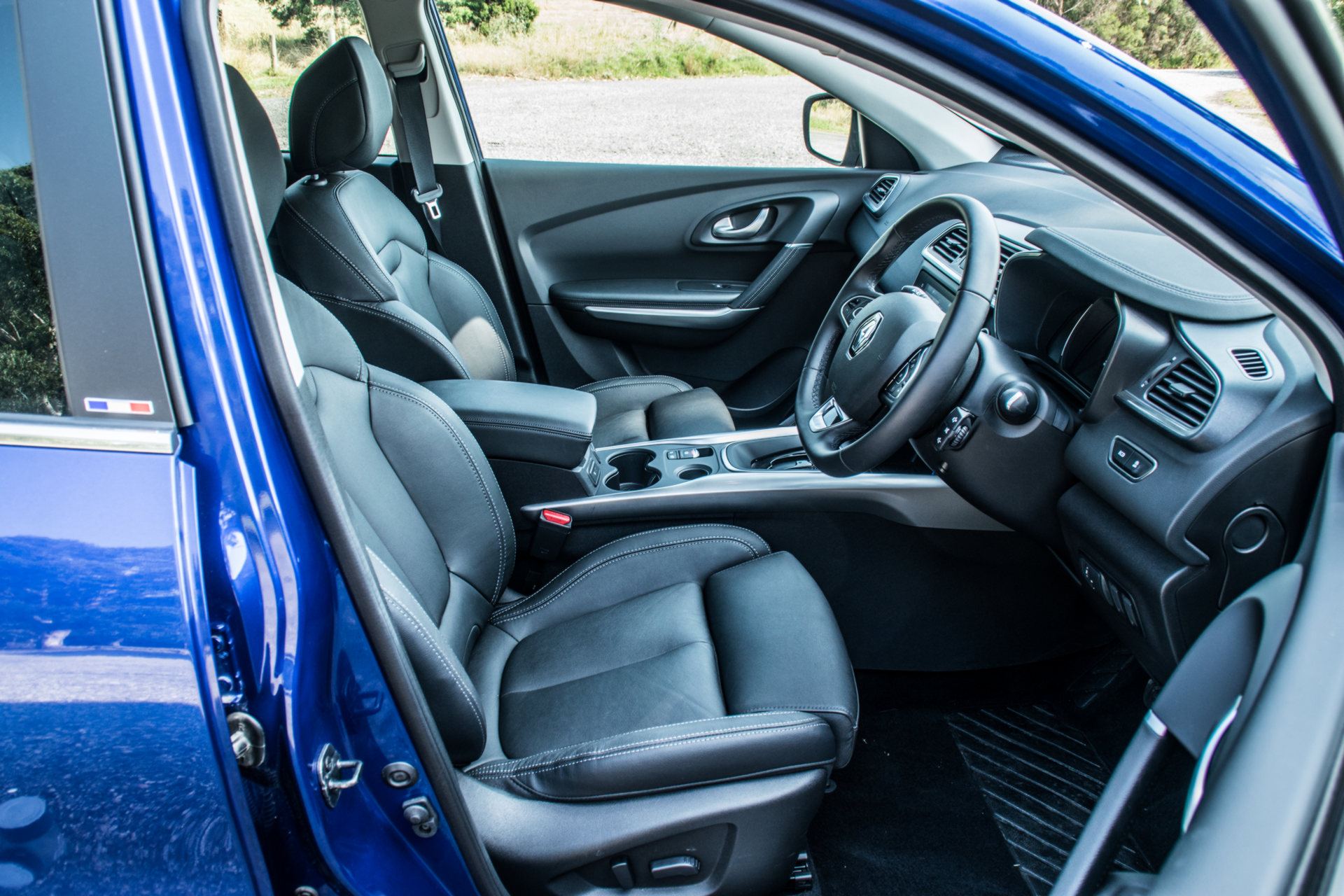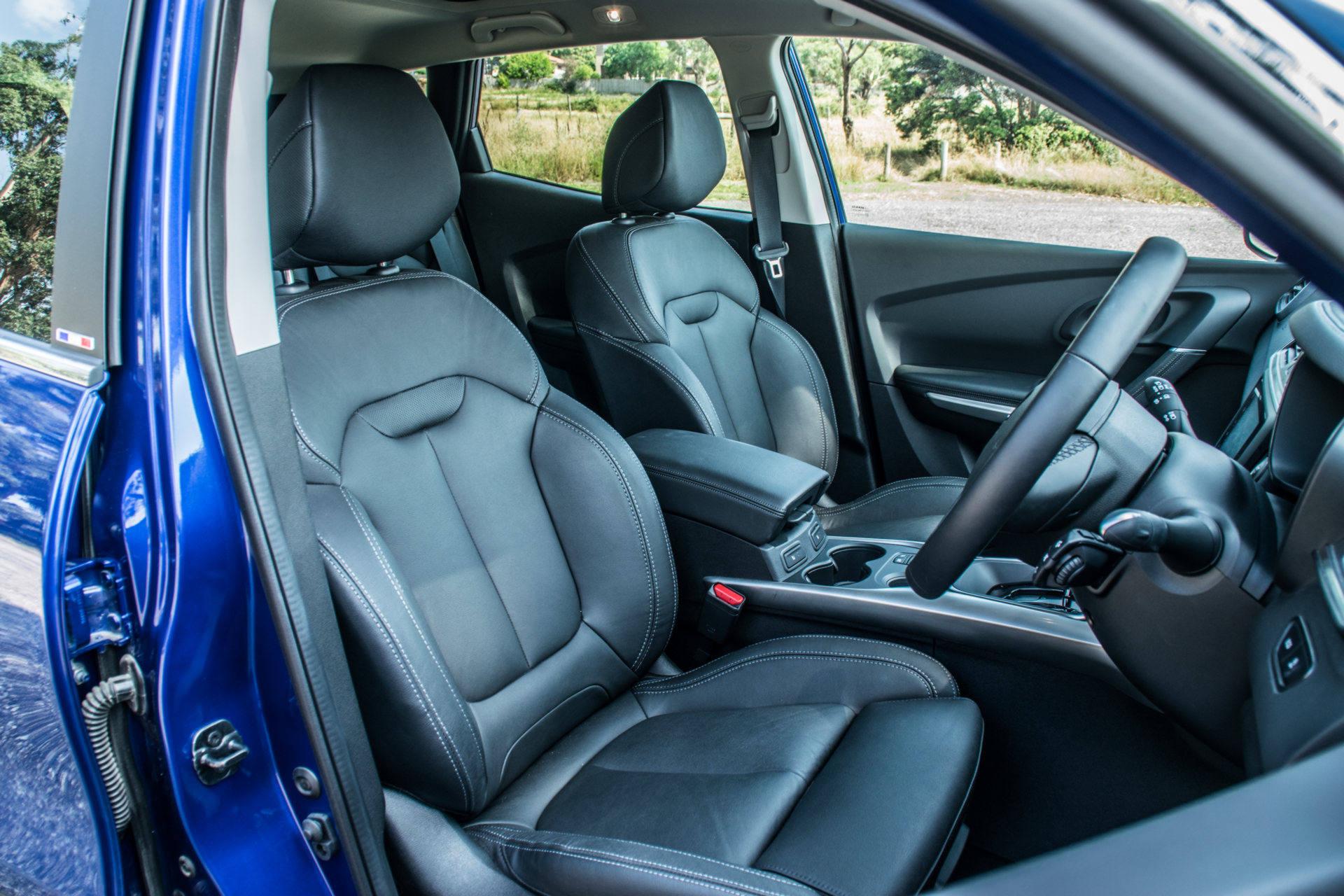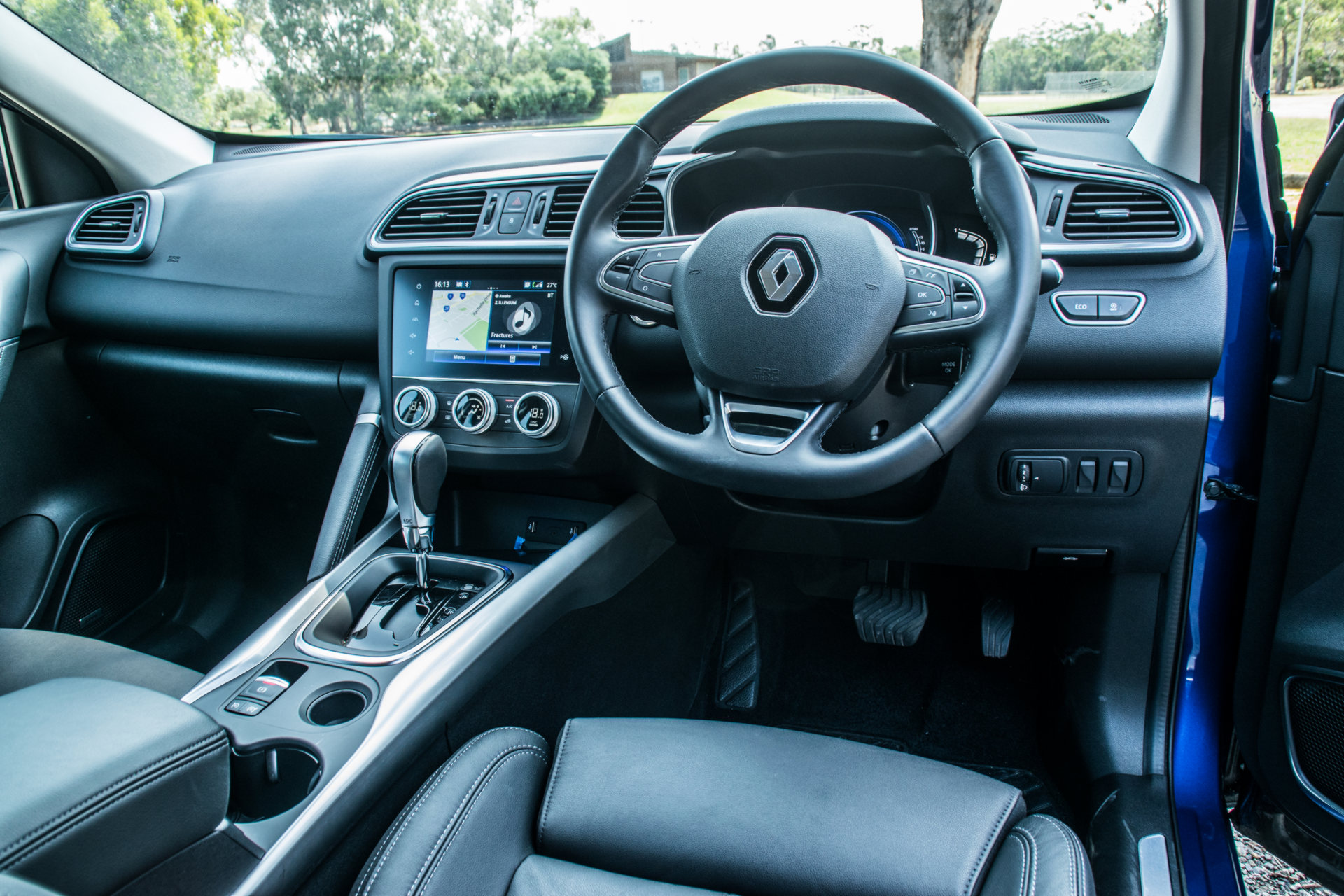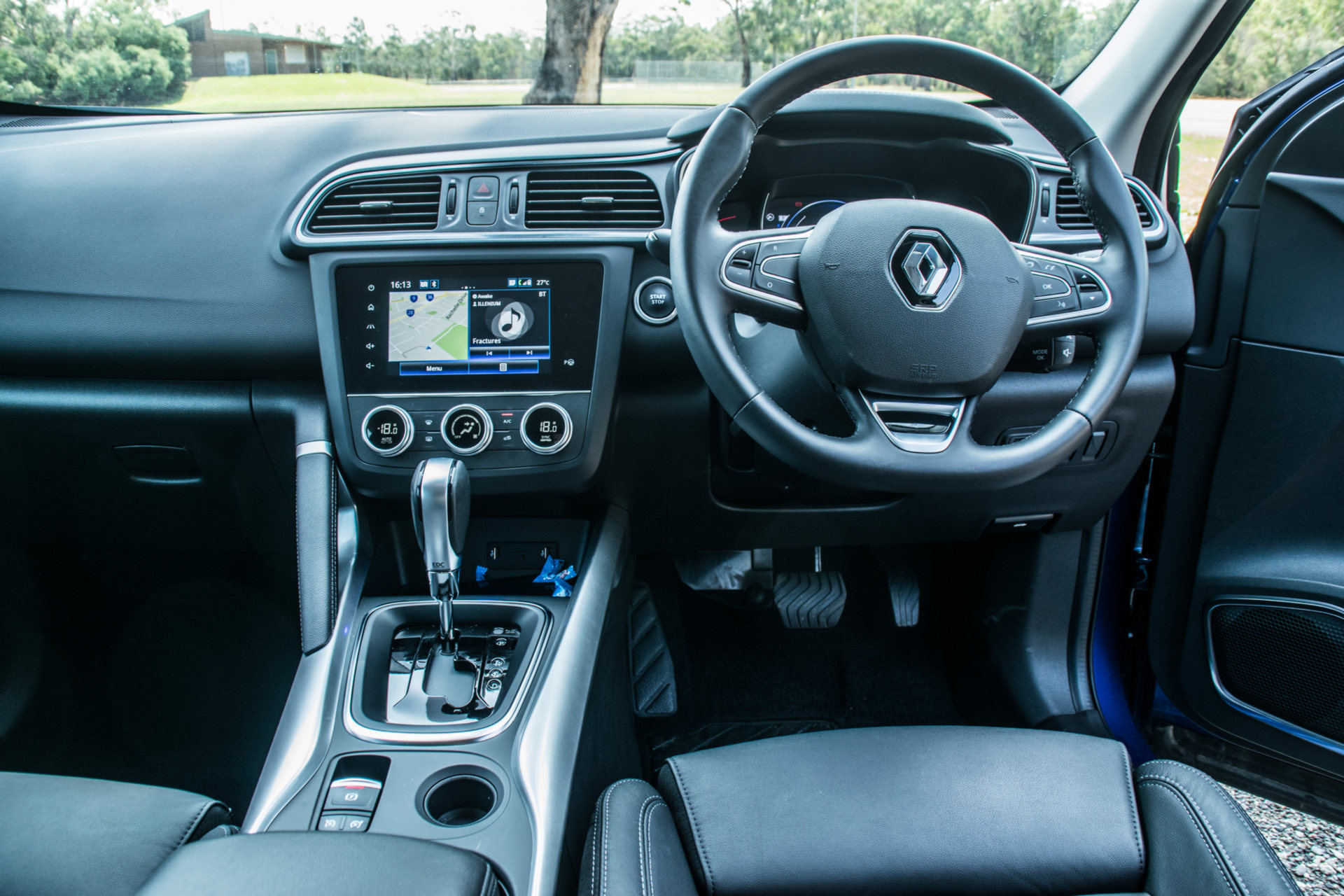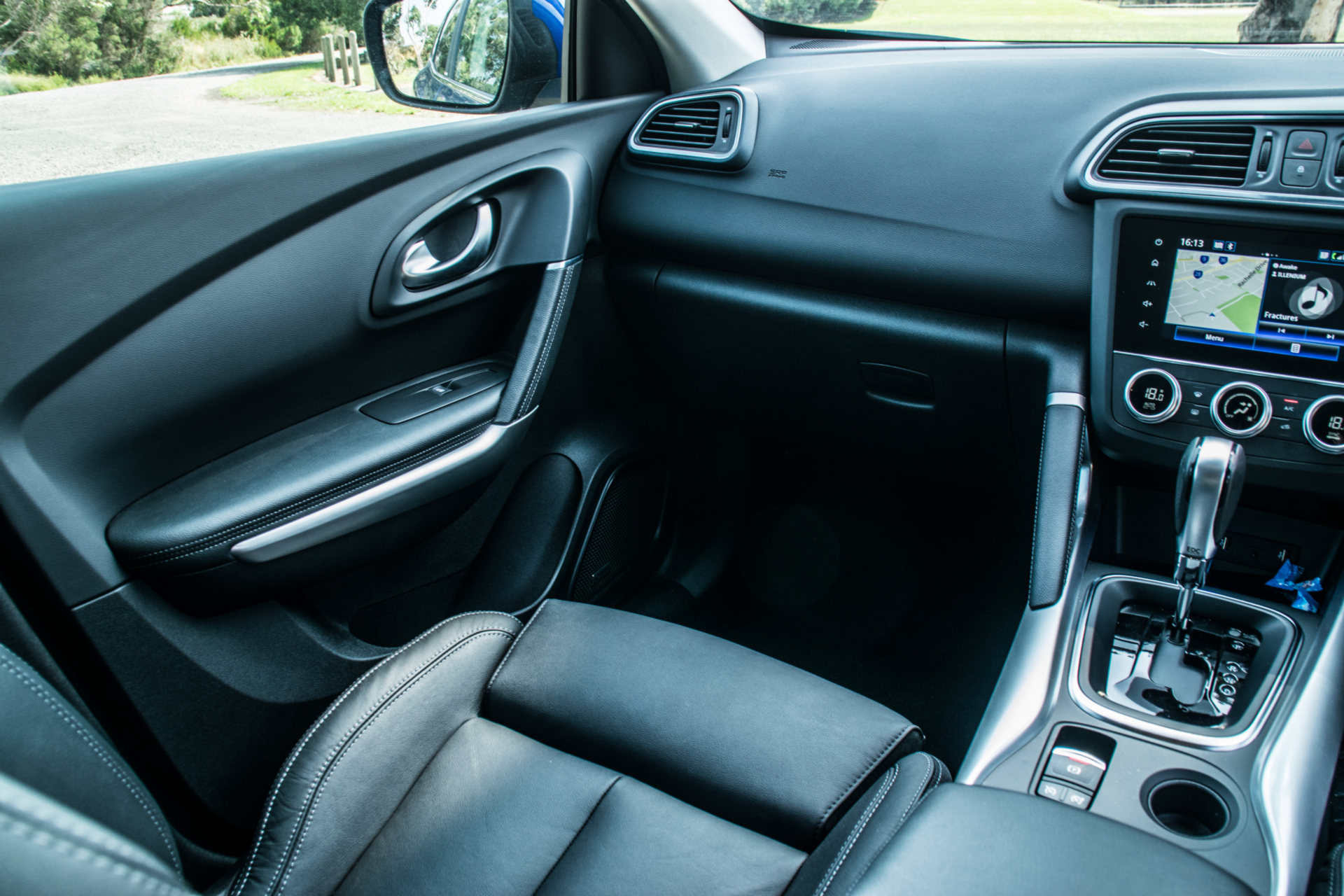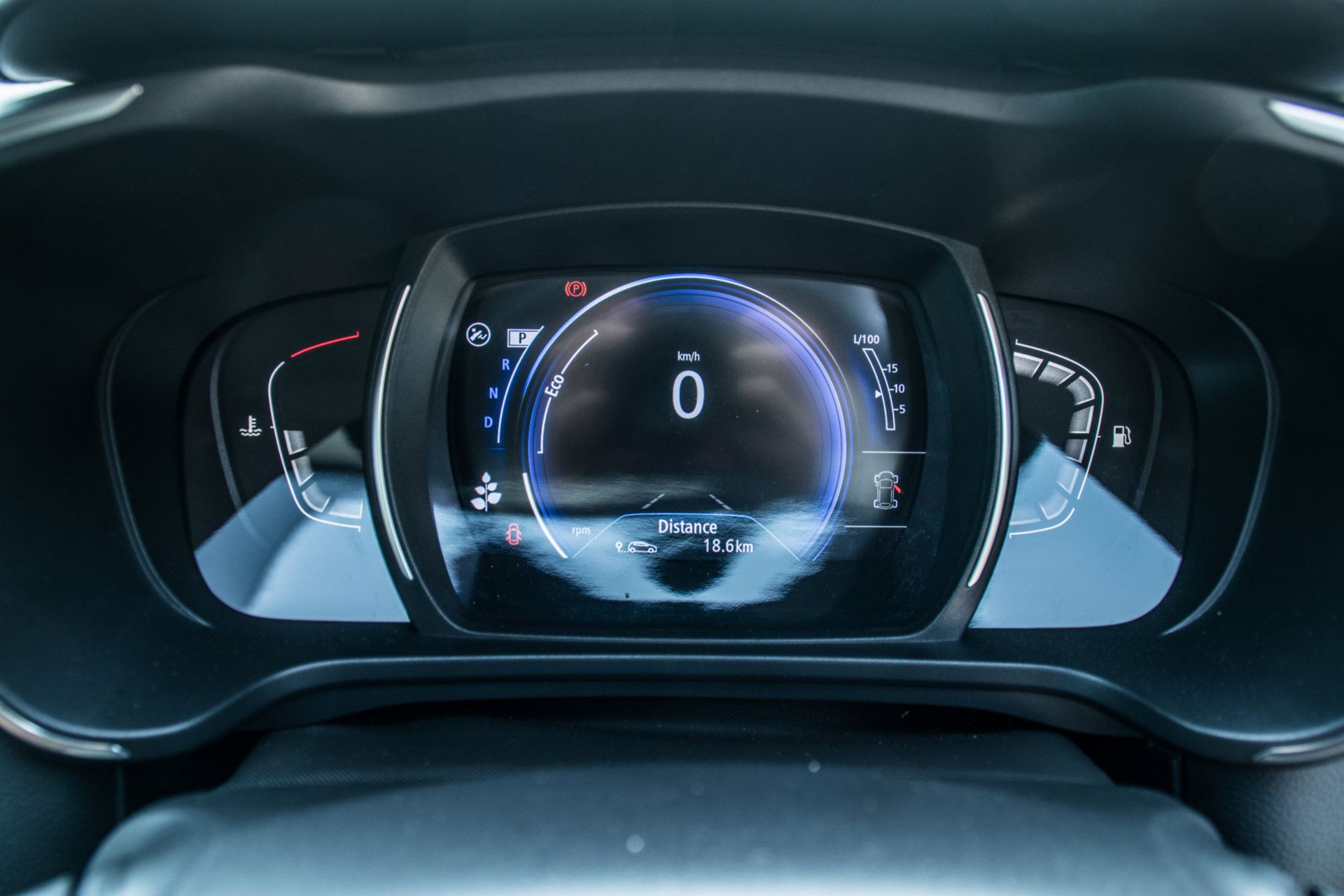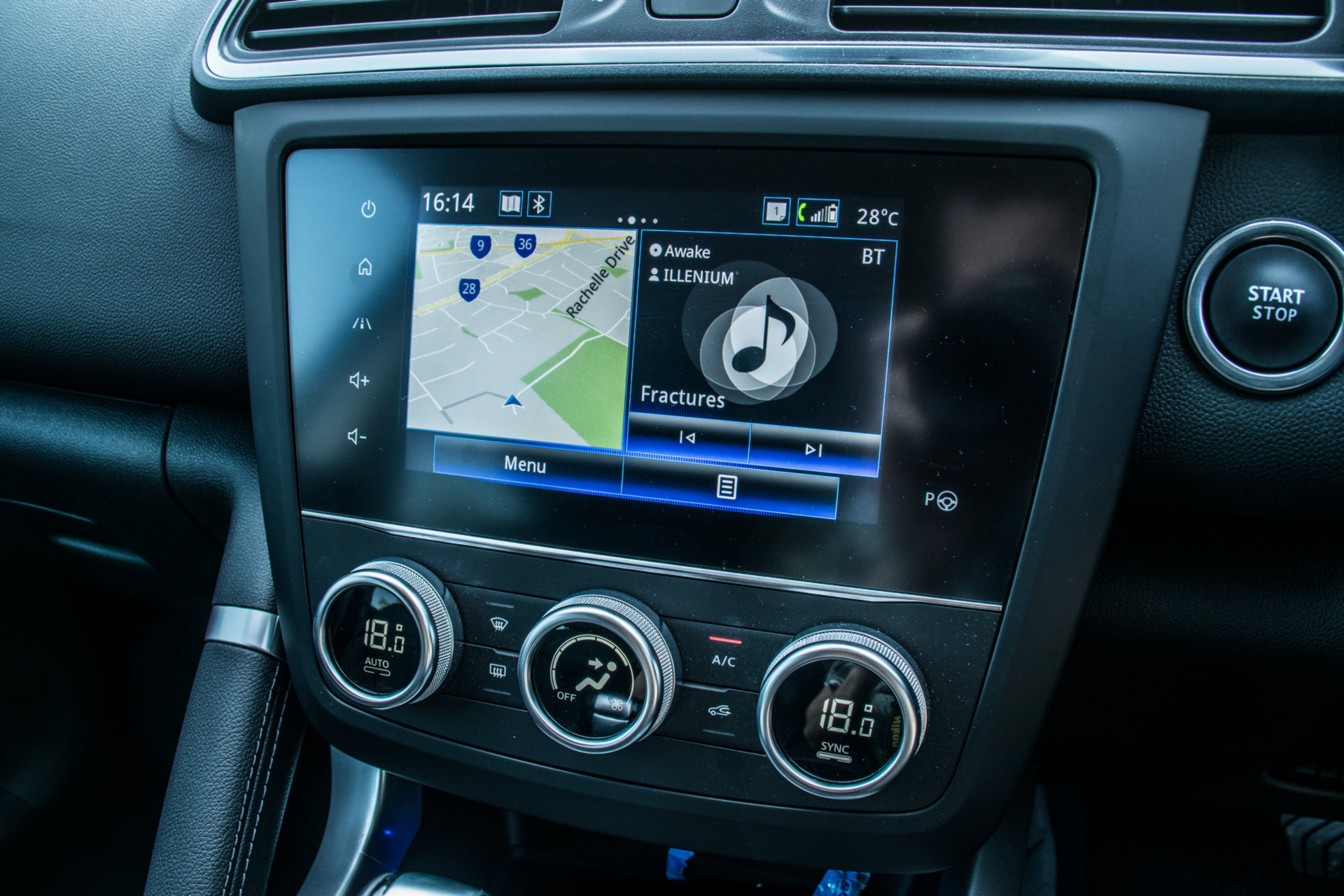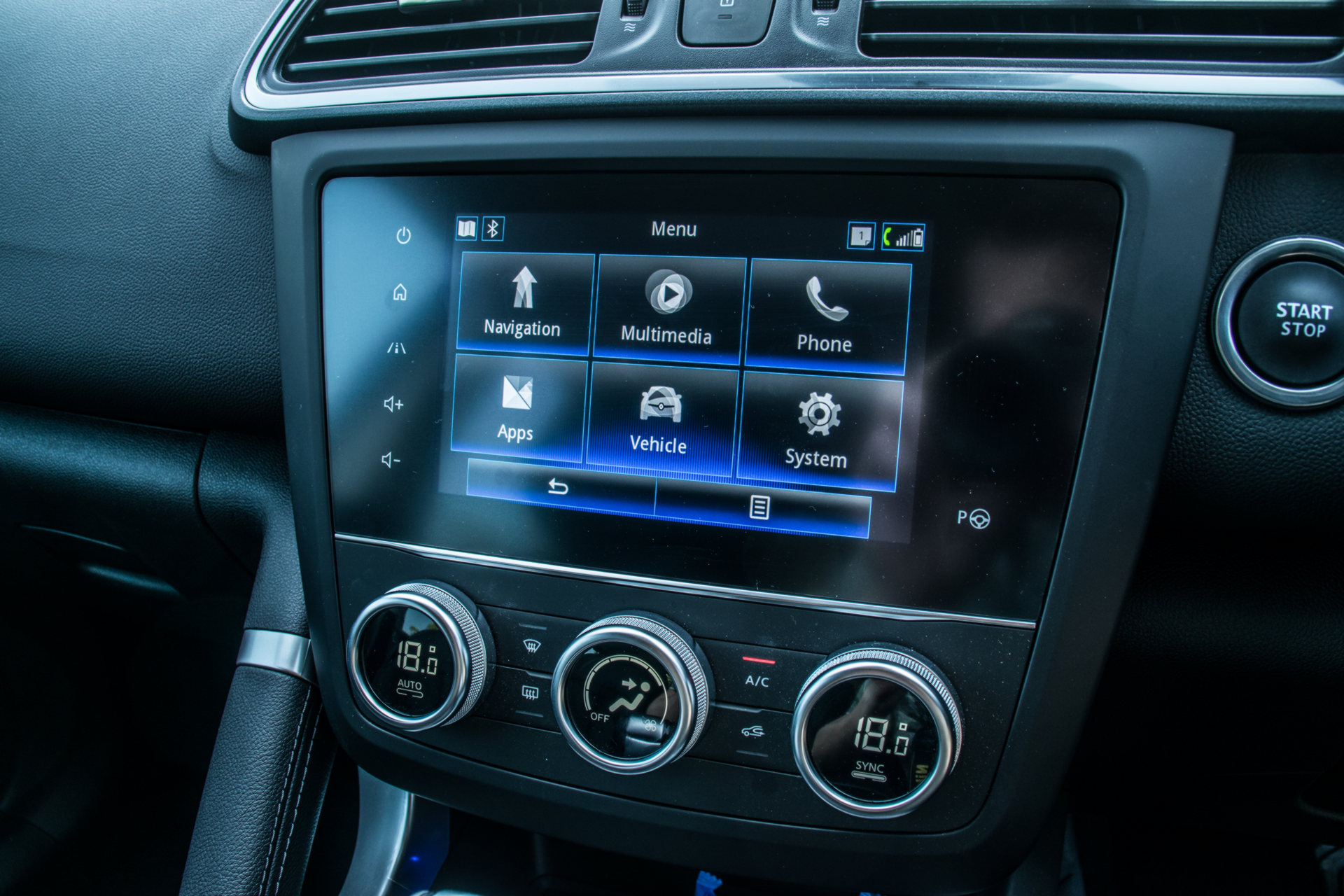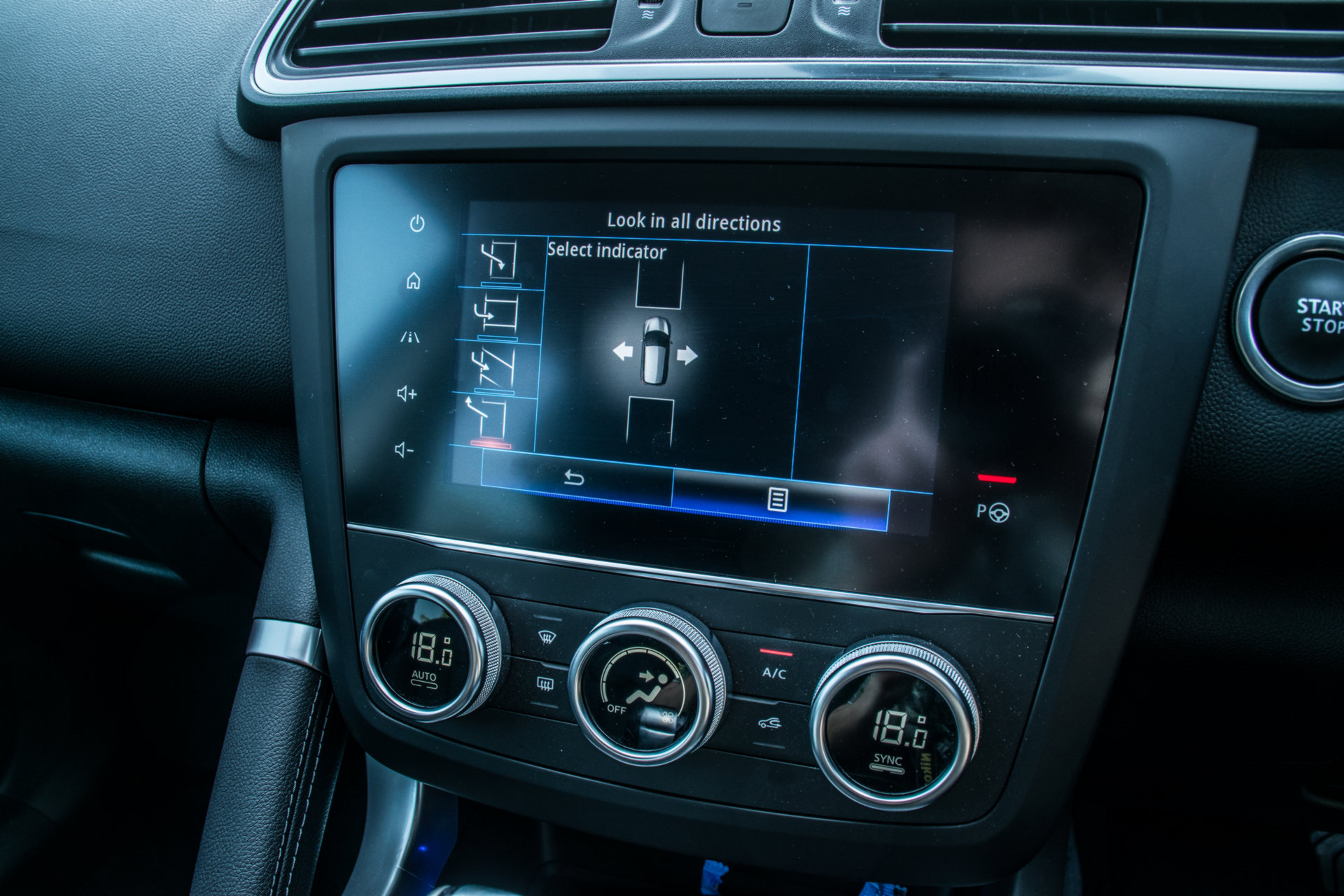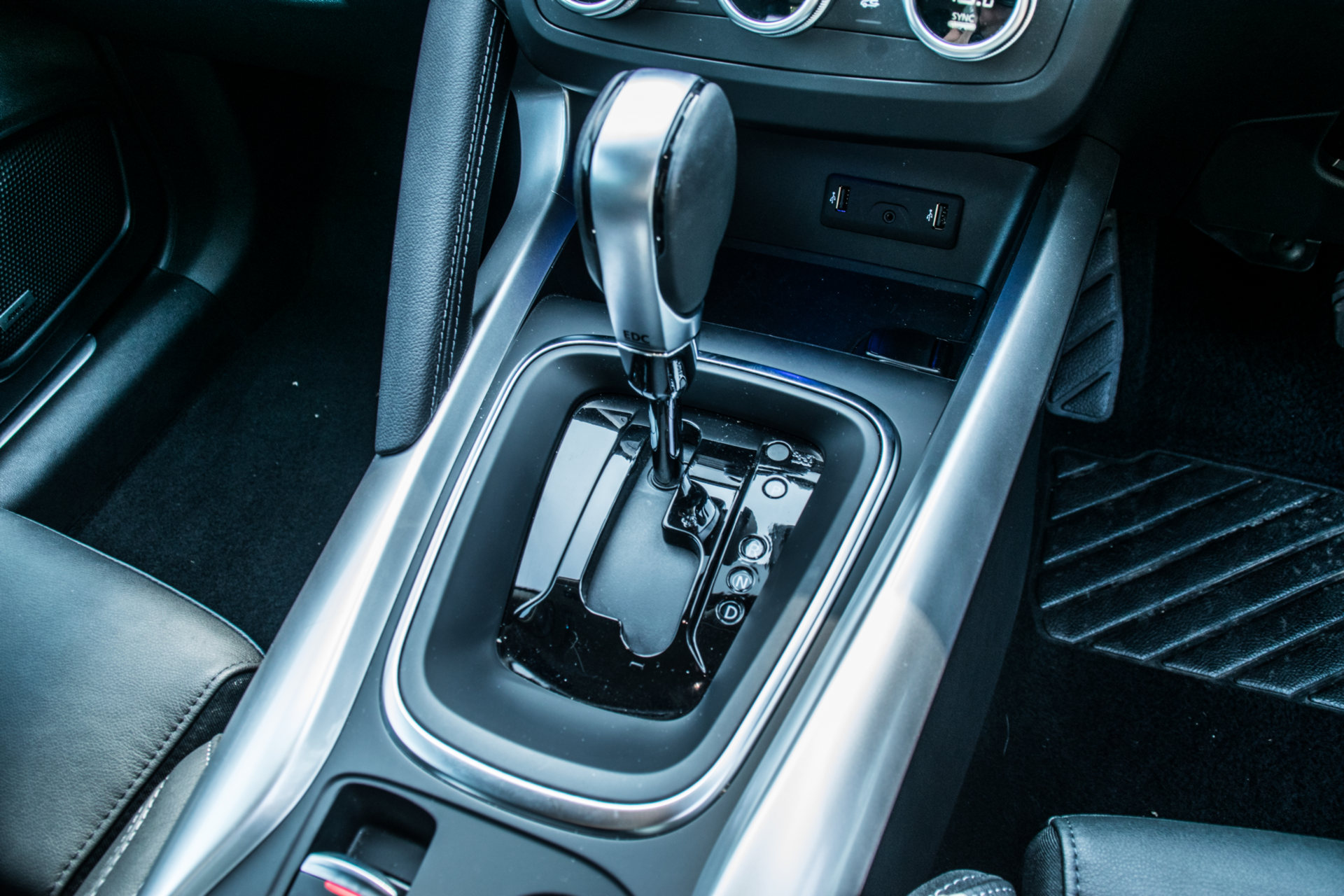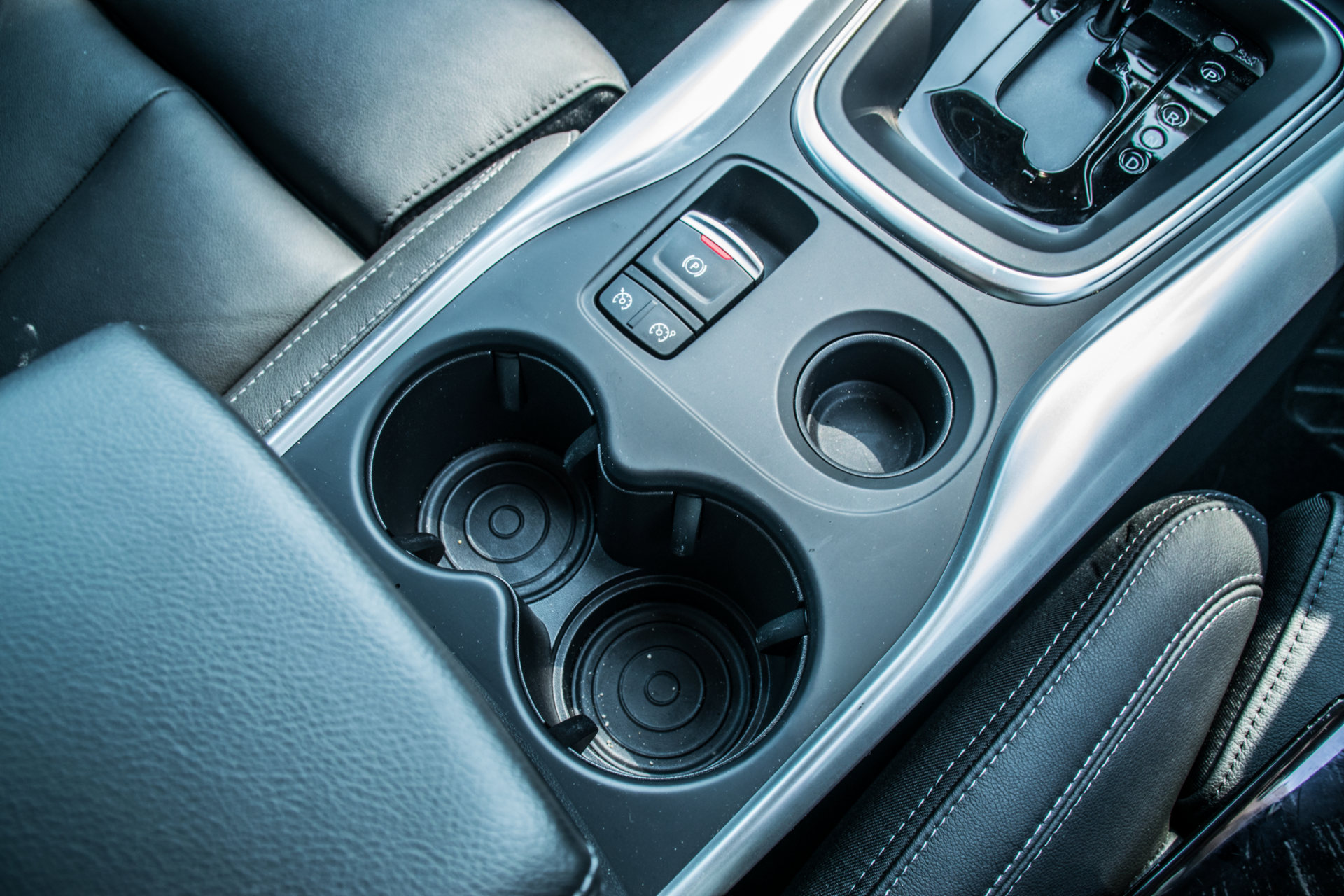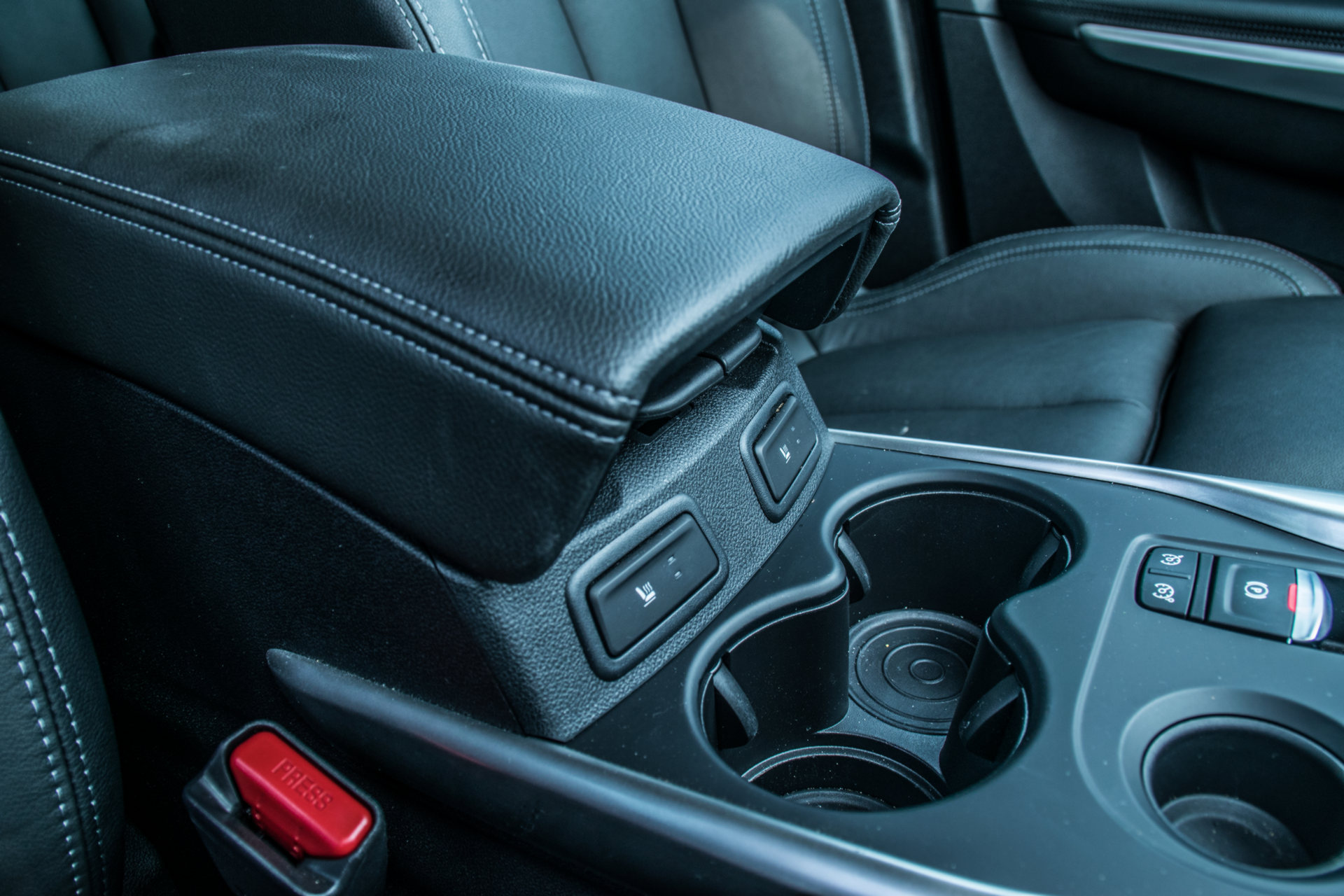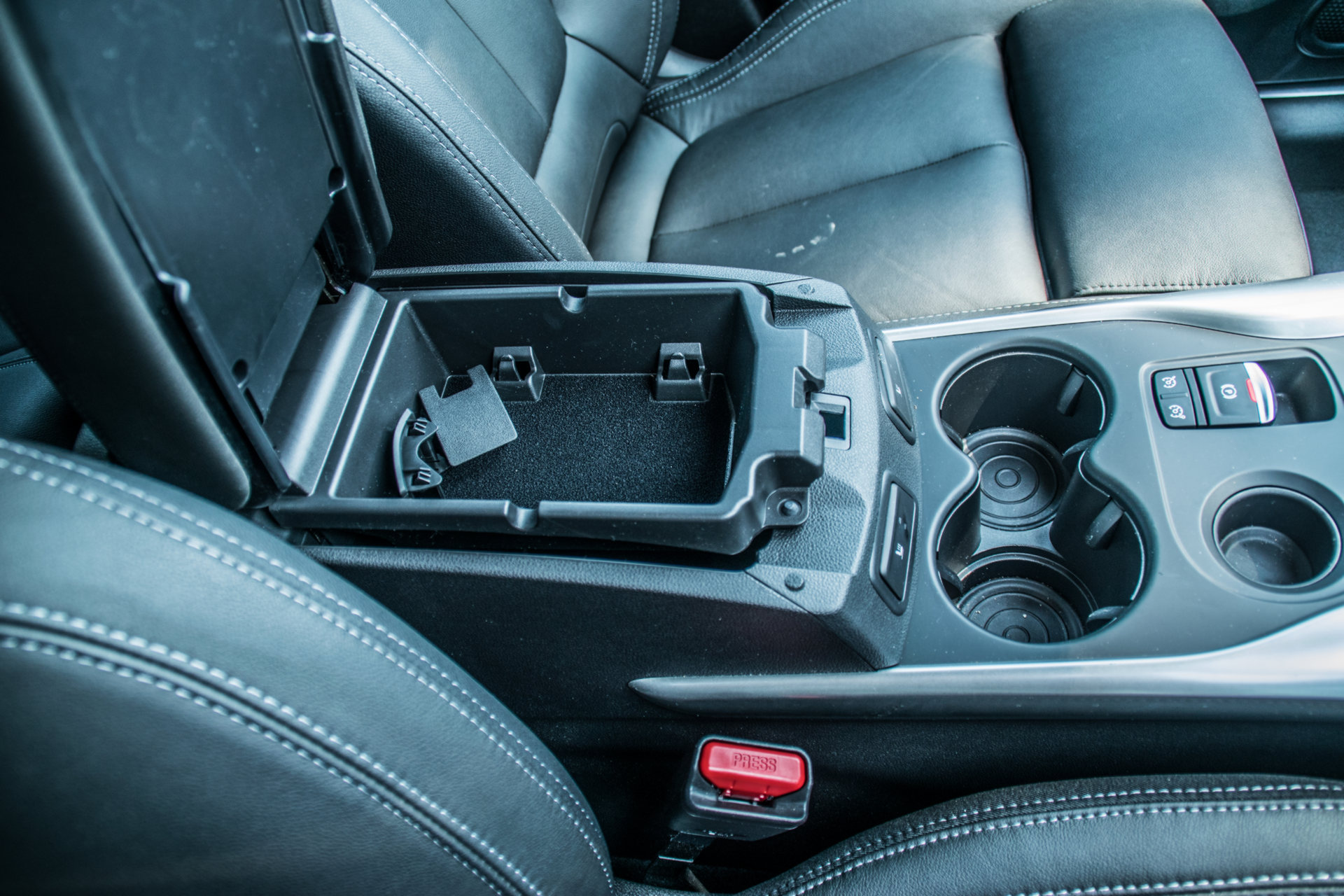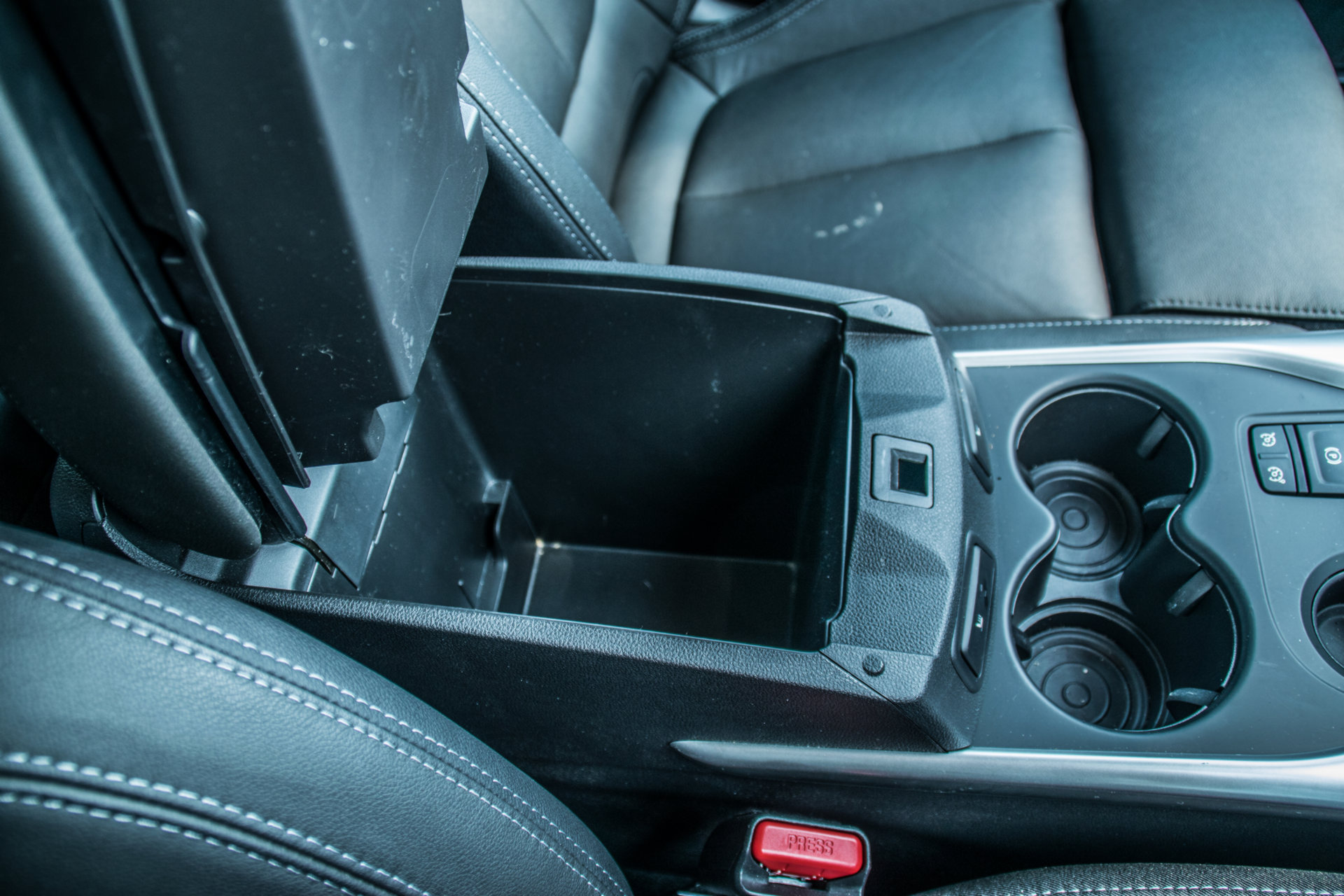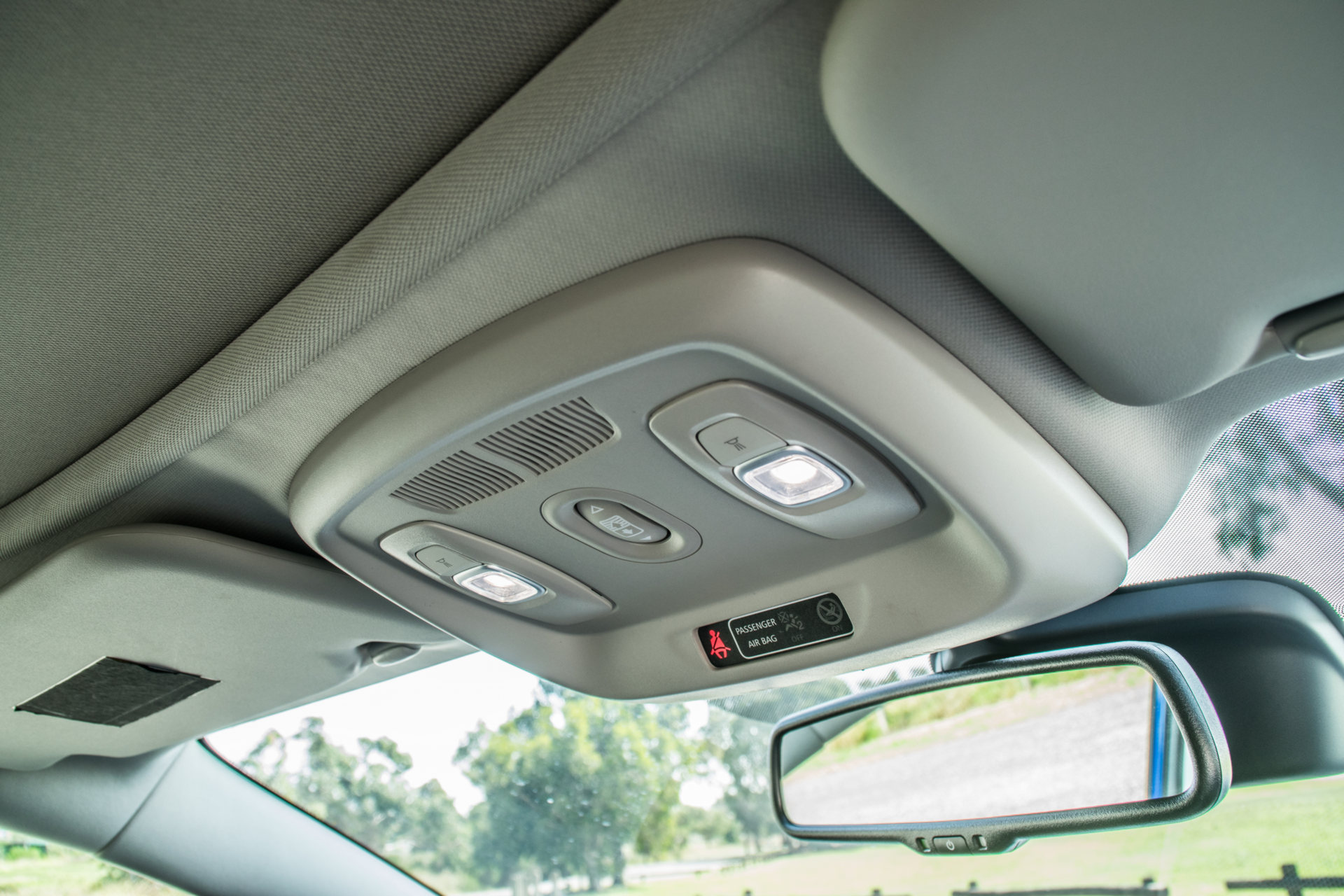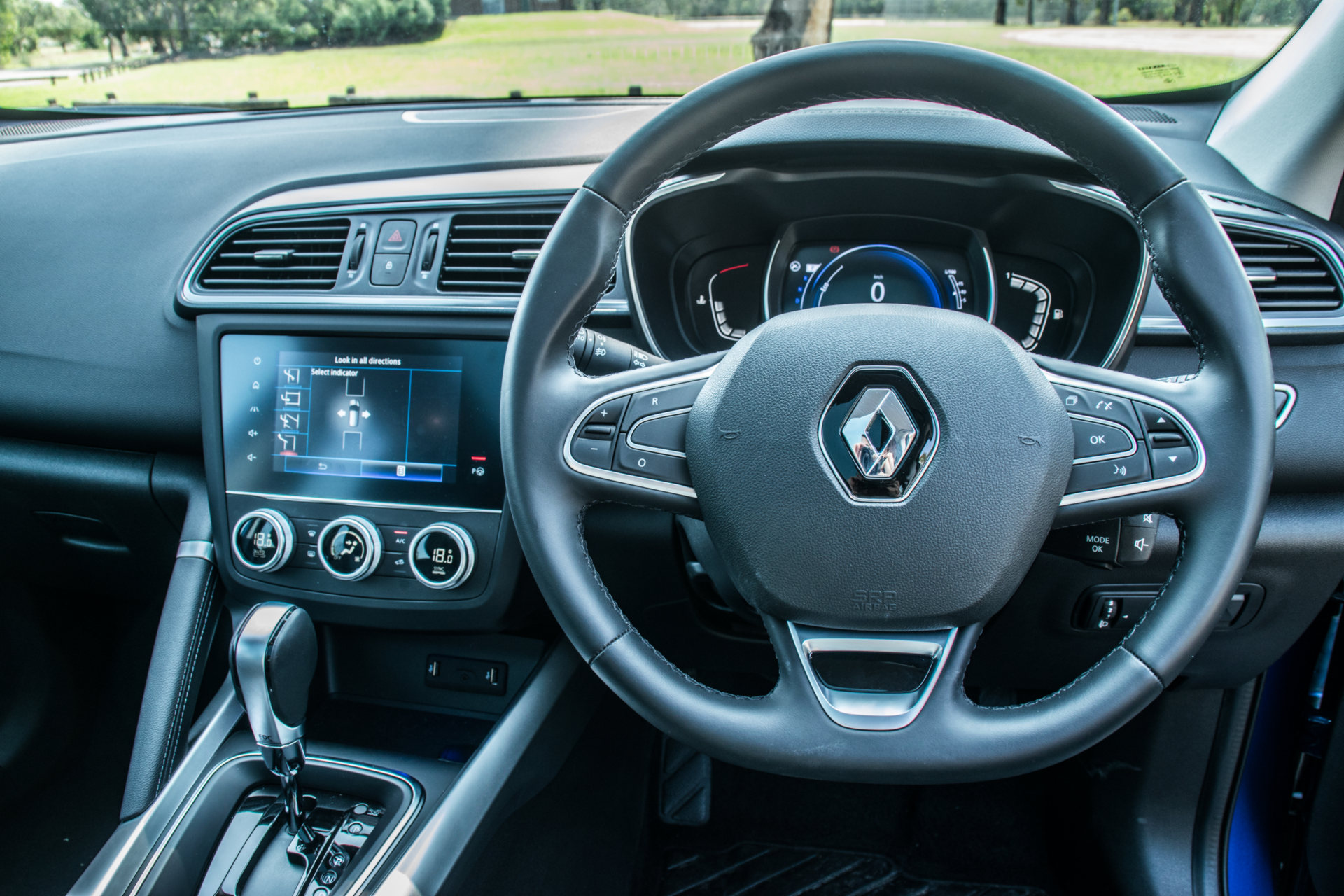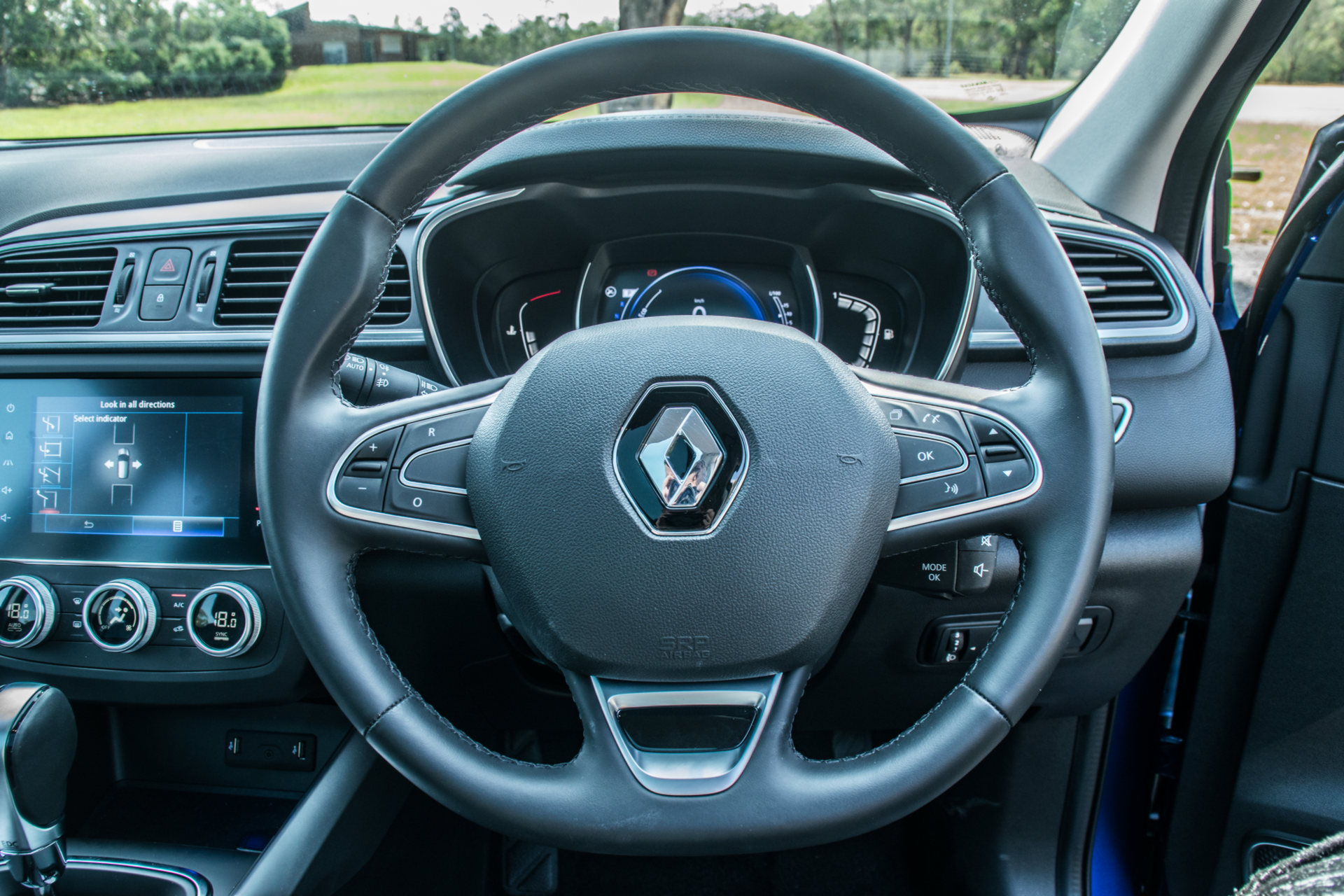With so many SUVs and crossovers on the market, it’s not very often that we’re left impressed with one. After all, most are rather bland and uninspiring. Last year, the 2019 Volvo XC40 left us pleasingly surprised during testing and to kick off the new year, the 2020 Renault Kadjar has done just the same. This is a pretty good family crossover.
The Kadjar shares its underpinnings with the Nissan Qashqai (sold as the Rogue Sport in North America) but feels very much like its own unique thing filled with loveable French flair and great ergonomics.
There are three different Kadjar models sold in Australia; the Life, the Zen, and the range-topping Intens that we tested. All three utilize a 1.3-liter turbocharged four-cylinder petrol engine that Renault developed alongside Mercedes-Benz. The engine outputs 117 kW (157 hp) and 260 Nm (191 lb-ft) of torque and is mated to a seven-speed dual-clutch transmission driving the front wheels.
Engines this small aren’t what you’d call desirable. In recent years, they’re usually found slotted into bargain-basement hatchbacks and more often than not, are clunky, buzzy, and more akin to a diesel engine than a refined petrol four-cylinder. Not the case here.
Renault and Mercedes-Benz have somehow developed a 1.3-liter engine that feels every bit as refined as larger-capacity four-cylinder engines, including even the more powerful 2.0-liter turbo of the aforementioned (and much more expensive) Volvo XC40.
Related: Is The 2019 Renault Kadjar More Than A Rebadged Nissan Qashqai / Rogue Sport?
The dual-clutch ‘box complements the engine brilliantly. Regardless of revs, shifts are fast and effortless when the transmission is left in automatic mode. Drivers can bump the gear lever over into Manual mode for gears on demand. And, when I say “on demand”, I really mean it. The shifts are near-instantaneous.
Figures of 117 kW and 260 Nm are nothing to write home about but feel adequate in a family-orientated vehicle like the Kadjar. Renault quotes a 0-100 km/h (62 mph) time of 9.6 seconds but we found the SUV to feel a touch faster than that. Pin the throttle with a bit of steering lock applied and there’s actually a surprising amount of torque steer to deal with. That may be a bit alarming to those unfamiliar with such a feeling but to us, actually made for a fun little party piece.
The French manufacturer quotes fuel use of 6.3l/100 km (37 mpg) over the combined cycle. During our test on mainly urban roads and on short trips, we averaged 10.1 l/100 km (23 mpg). On highway jaunts, the average dropped to around 6.5l/100 km (36 mpg).
It’s not just the engine and transmission combination that make the 2020 Kadjar Intens a joy to drive. The steering is equally as nice.
Supple yet sporty
Placed in front of the driver is a perfectly-sized three-spoke, flat-bottomed steering wheel clad in soft-touch leather. Turning the wheel requires very little effort. In the modern era of electric steering systems, it’s not unusual for cars to have exceptionally light steering but oftentimes, it generates an unpleasant vagueness that makes you feel more like a passenger than a driver. Renault has somehow engineered a system to eliminate this vagueness ensuring the steering is lovely to use at all speeds, particularly when driven slowly.
Completing the graceful driving experience is a comfortable and compliant suspension system as well as a set of Michelin Pilot Sport 4 tires. These tires are admittedly quite sporty and on the surface may be at odds with the Kadjar’s purpose, but they do provide solid grip in all conditions and ensure excellent road-holding abilities.
Externally, we’re rather fond of the Kadjar’s looks, particularly in Intens guise. Our test car was painted Iron Blue and was also adorned with a number of silver/chrome accents you won’t find on the lesser Zen and Life models. There are also a lovely set of black and silver 19-inch alloy wheels that come standard. The SUV measures 4,449 mm (175-inch) long, 1,836 mm wide (72.2-inch), and is 1,607 mm (63.2-inch) high, with a 2,646mm (104.2 in.) wheelbase, making it slightly more compact than the likes of the Mazda CX-5 and Ford Kuga.
A user-friendly cabin
Renault makes some of the most minimalist interiors on the market and it is no different with the Kadjar. There’s not an overload of buttons and everything is nicely arranged. Infotainment is handled by a 7-inch touchscreen neatly incorporated into the dashboard and running the French firm’s R-Link software. While logical and easy-to-navigate, the system feels dated compared to many others on the market. It does, however, include Apple CarPlay and Android Auto.
Located directly in front of the driver is a fully digital gauge cluster split into three distinct sections. It is clear and easy to follow but does look a little sparse. It is nice, however, that there are a handful of different central display options to choose from.
Perhaps our favorite aspect of the interior was the glorious panoramic glass roof that really opens up the cabin. It would be nice if the glass doubled as a sunroof that could be opened but that’s not a big issue. Elsewhere is an electronic parking brake and dedicated buttons to turn on or off the start/stop system and to select an Eco driving mode. Renault continues to place its cruise control/speed limiter switch in the Kadjar’s center console as opposed to the steering wheel which we’re not a fan of.
Included in our test car were heated leather front seats that offer an ample level of adjustment and remained extremely soft and comfortable even on long journeys. One little oddity is how Renault has hidden the buttons for the heated seats directly in front of the center console and not on the transmission tunnel, making them a little hard to find at first (see the buttons behind the cupholders in the photo above).
In the second row, the nice touches continue and there’s great headroom even for those a touch over 6-foot tall. The middle seat is quite cramped, however. Audio is provided by a superb 7-speaker Bose system.
Luggage space sits at 462 liters (16.3 cubic-feet) and the boot features an intriguing false floor so you can keep items hidden between the spare wheel and the carpeted floor. With the second-row seats folded down, space jumps up to 1,478 liters (52.1 cubic-feet).
A host of impressive features come standard with the Kadjar Intens. These include an Advanced Emergency Braking System, Emergency Brake Assist, Hill Start Assist, Easy Park Assist (Renault’s superb hands-free parking system), Blind Spot Warning, and Lane Departure Warning. There’s also an excellent reversing camera with front, rear, and side parking sensors. A lane-keeping assist system would be nice but alas, it’s not there.
A compact SUV that will cover your family needs
All 2020 Renault Kadjar models sold in Australia include a 5-year/unlimited mileage warranty and up to five years of roadside assistance.
Prices for the Kadjar Intens start at AU$37,990 (US$25,521) before on-road costs and delivery fees. Our test car was priced at AU$38,740 (US$26,025) thanks to its AU$750 (US$503) metallic paint. The mid-spec Kadjar Zen is available from AU$32,990 (US$22,162) while the entry-level Kadjar Life starts at AU$29,990 (US$20,147). All represent a good value in the segment.
The Kadjar could very well be the most compelling vehicle in Renault’s current range. It’s spacious, offers decent levels of comfort and luxury, is a joy to drive, and great value for money. There’s very little not to like.



